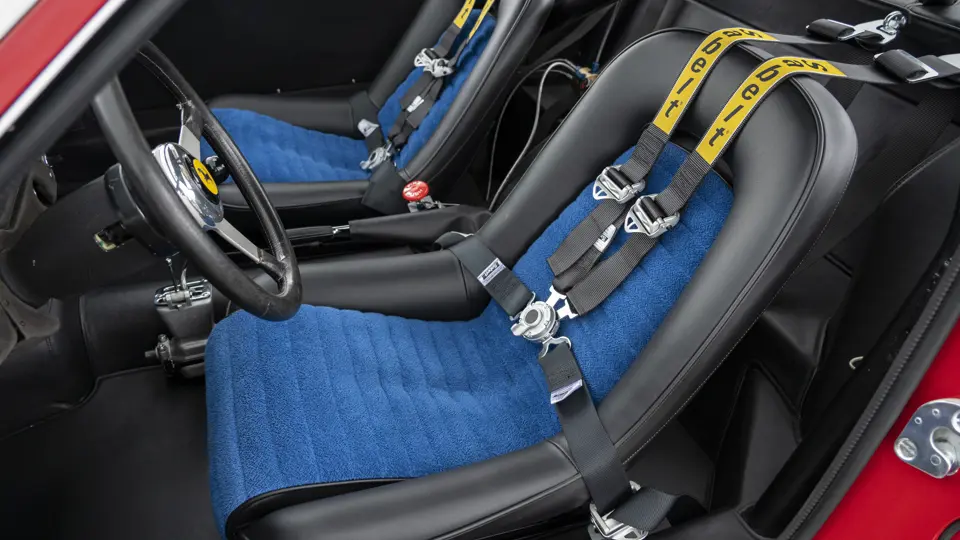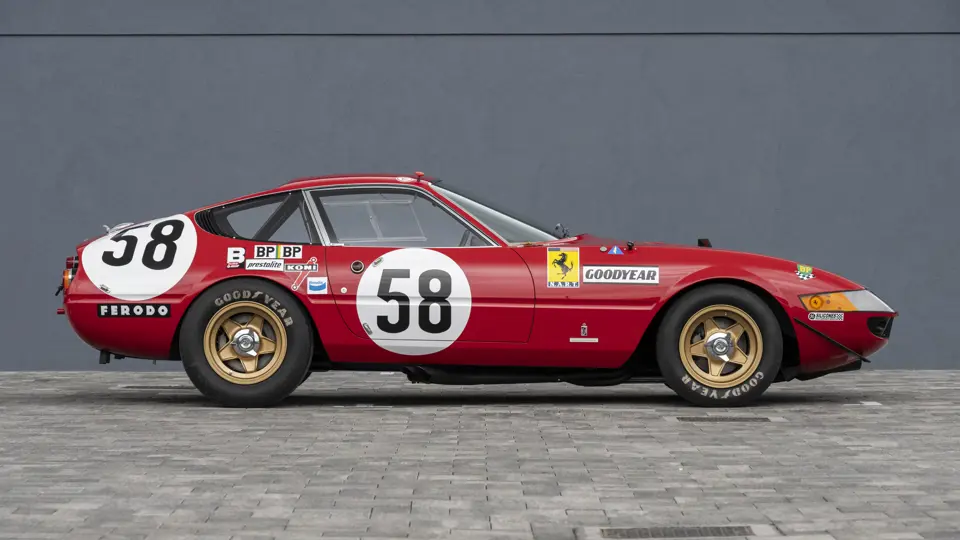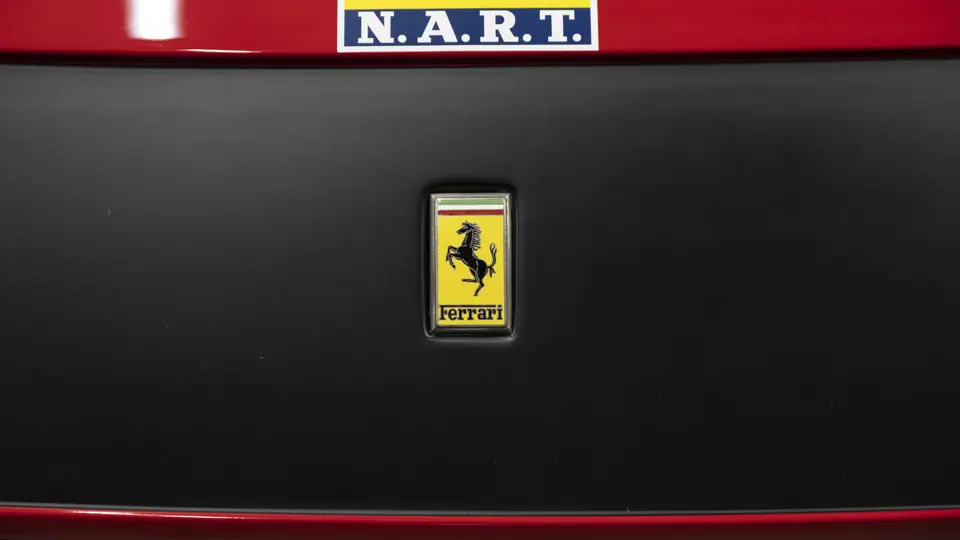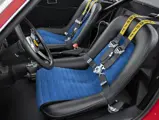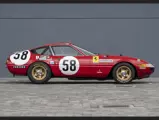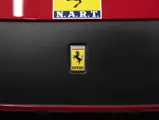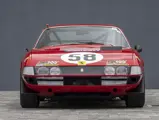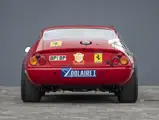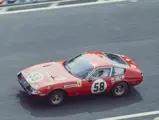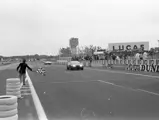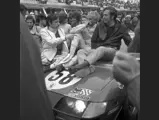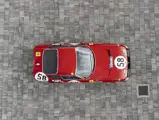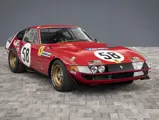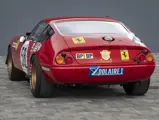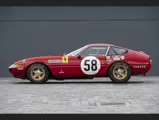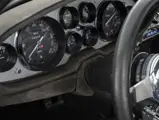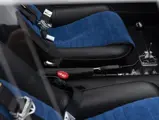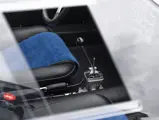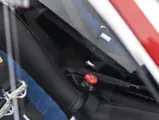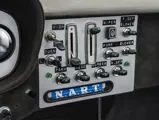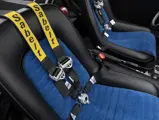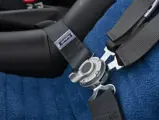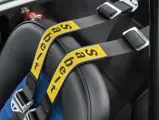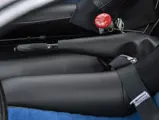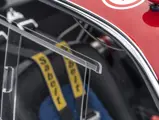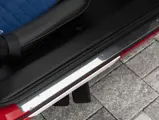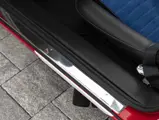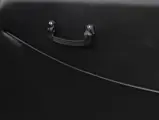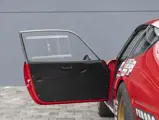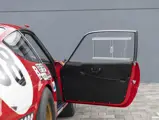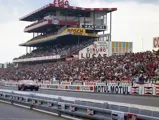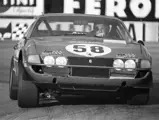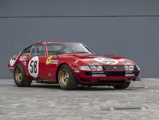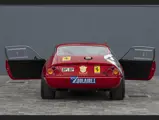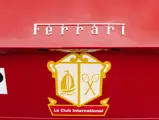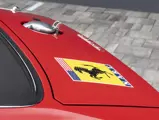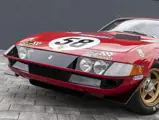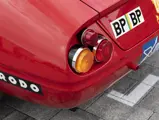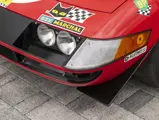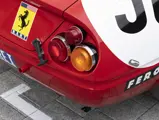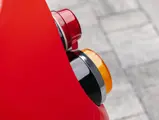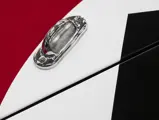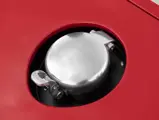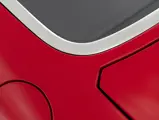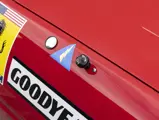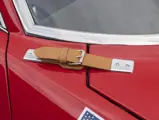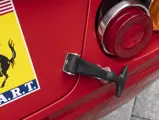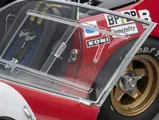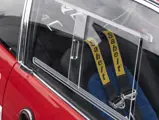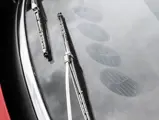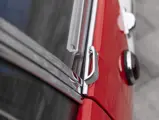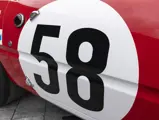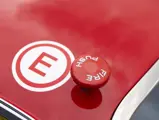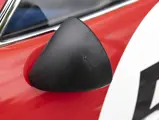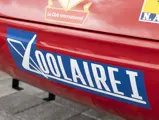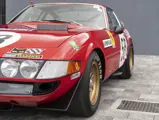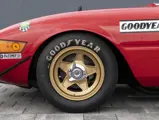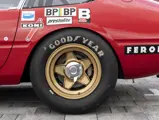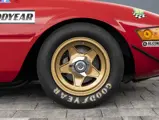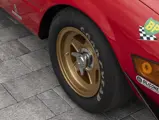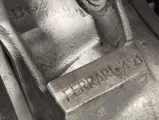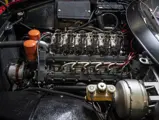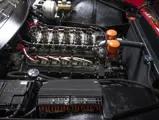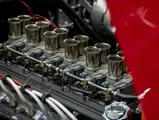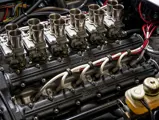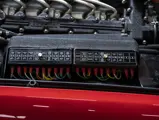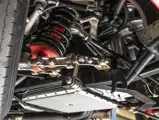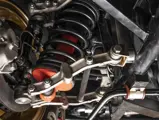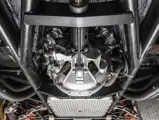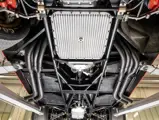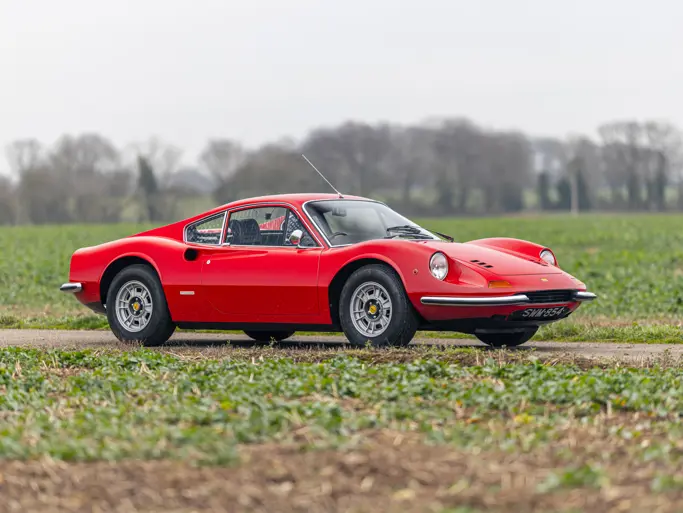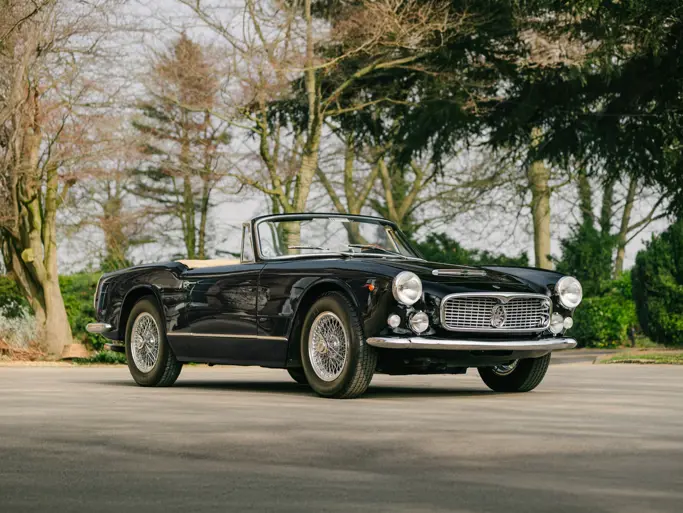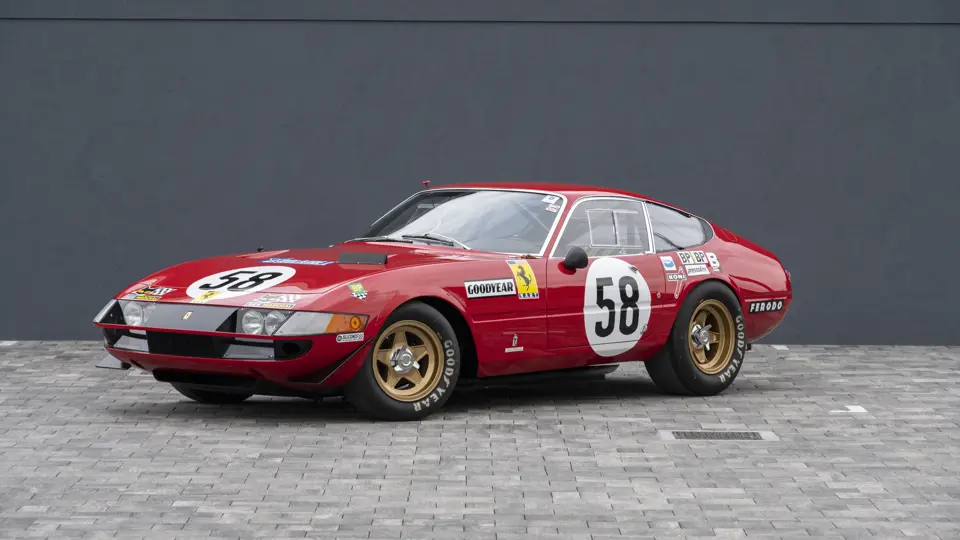
1969 Ferrari 365 GTB/4 Daytona Competizione
{{lr.item.text}}
€4,800,000 - €5,200,000 EUR | Not Sold
{{bidding.lot.reserveStatusFormatted}}
- Factory-prepared prototype of the Daytona Competizione model
- Retained by the factory for development from 1969 to 1971
- Converted to race specification by Ferrari for the North American Racing Team
- Finished 5th overall in the 1971 24 Hours of Le Mans; winner of the Index of Thermal Efficiency
- Raced at Daytona and Sebring in 1972
- Freshly restored to Le Mans specification; currently undergoing “Red Book” Classiche certification
- Accompanied by a Certificate of Origin, and an invoice from Ferrari for Le Mans preparation
- Prototype de la Daytona Competizione, préparé par l'usine
- Voiture utilisée de 1969 à 1971 à l'usine pour le développement du modèle
- Modifiée par Ferrari aux spécifications compétition pour le North American Racing Team
- Cinquième au classement général des 24 Heures du Mans 1971 ; première à l'Indice au Rendement Énergétique
- A couru en 1972 à Daytona et à Sebring
- Récemment restaurée aux spécifications du Mans ; actuellement en cours Ferrari Classiche "Livre Rouge" certification
- Accompagnée d'un Certificat d'Origine et d'une facture de Ferrari concernant la préparation pour Les 24 Heures du Mans
Veuillez noter que cette voiture sera transportée à la suite de la vente à Tillburg, aux Pays-Bas, pour recevoir une immatriculation hollandaise. Par conséquent, un certain délai sera nécessaire avant que l'acheteur ne puisse prendre livraison de la voiture, et un transport devra être organisé en conséquence depuis Tillburg.
The 1971 24 Hours of Le Mans marked the end of an era. It was the last time the legendary 5-litre "big bangers" would do battle at the Circuit de la Sarthe and no fewer than nine Ferrari 512s lined up against seven Porsche 917s. The German marque came out on top with 917s finishing 1st and 2nd, while the 512s had to settle for 3rd and 4th. Following them home in an outstanding 5th position overall was this very special Ferrari 365 GTB/4 ‘Daytona’ Competizione.
This hugely significant piece of Ferrari history was built on 28 April 1969 as a steel-bodied roadgoing model, and was only the third production Daytona ever made. Fascinatingly, it never left the factory, and was retained by Maranello as a development prototype, serving as a test bed for, among other developments, a new type of wiper system. The machine’s early history only got more interesting when, on 26 April 1971, after two years in Ferrari’s ownership, Luigi Chinetti’s fabled North American Racing Team instructed the factory to convert chassis 12467 to competition specification. Chinetti’s target: the 1971 24 Hours of Le Mans.
The work was carried out under the auspices of the factory by Piero Drogo’s Carrozzeria Sport Car with help from Autofficina Sport. Although the steel body was retained, the modified shell featured a quick-release fuel filler cap in the boot lid, a Dino 206 SP-style fuel capacitor, a 512M fuel pressure gauge, Plexiglass side windows, a front spoiler, and flared wheel arches to accommodate enormous nine-inch rear and eight-inch front wheels. A roaring side-exit exhaust, roll cage, and a 512M-type fire extinguisher system completed the package.
Ferrari delivered chassis 12467 directly to Le Mans—as per invoice number 378/71, dated 7 June 1971—where it was piloted by Bob Grossman and Luigi Chinetti Jr. The car’s promise was immediate in practice, with a thundering pace along the Mulsanne Straight impressing ‘Coco’ Chinetti.
Chinetti took the opening stint in the French classic before handing over to Grossman as night fell. Chassis 12467 ran like clockwork, slowly climbing the rankings as the more fragile sports prototypes fell by the wayside; by the 19th hour it had risen to a remarkable 5th overall. There it stayed, having set a best lap that was seven seconds faster than it had managed during practice and winning the Index of Thermal Efficiency. Such was the significance of the result that Chinetti received a congratulatory telegram at the end of the race from none other than Enzo Ferrari.
NART then took chassis 12467 back to the USA and in November it was sold via Grossman to Clive Baker, who ran the Baker Motors-Ring Free Oil race team. In early 1972 it began its life in the GT 2.5+ category—effectively Group IV GT—and was entered for the Daytona Six Hours, where it finished 3rd in class, and the 12 Hours of Sebring, where regulations demanded that glass side windows be fitted. Later that year it also raced at Watkins Glen and Road Atlanta before being sold to Harley Cluxton III. In June of 1973 the Ferrari was sold to Herb Wetanson, and it remained in the USA for more than 40 years before returning to Europe.
In 2022, the current owner decided to restore the car to full Le Mans 1971 specification. The Daytona was sent to Italy and entrusted to Corrado Patella’s Autofficina Omega and Dino Cognolato’s Carrozzeria Nova Rinascente, with the restoration being managed by Ferrari Classiche. The process reunited the original engine block with its original cylinder heads, complete with Le Mans scrutineering stamps from 1971. Further, while down to bare metal, previously hidden mounting points were found for an additional radio antenna and wiper system that were fitted between 1969 and 1971 when the car was being used for development by Ferrari. The Daytona is currently undergoing inspection for Ferrari’s coveted "Red Book" Classiche certification.
This machine holds a special place in Ferrari history as the first factory-prepared prototype and genesis of the Daytona Competizione. The model would go on to score victories and class wins everywhere from the Tour de France to the 24 Hours of Daytona, finishing 2nd at the Florida circuit in 1979—a full decade after its launch.
Chassis 12467 is where it all began, and its sale represents a once-in-a-lifetime opportunity to acquire not only one of the most desirable iterations of the last great front-engined GT racer, but the very first.
| 1969 Ferrari 365 GTB/4 Daytona Competizione 12467 Results | |||||||
|---|---|---|---|---|---|---|---|
| Race | Date | Entrant | Race Number | Driver | Qualifying | Overall Finish | Class Finish |
| 24 Hours of Le Mans* | 12/13 June 1971 | North American Racing Team | 58 | Grossman/Chinetti Jr | 33rd | 5th | |
| 6 Hours of Daytona | 6 February 1972 | Ring Free Oil Racing Team c/o Baker Motor Co | 18 | Reynolds/Baker/Grossman | 36th | 15th | 3rd |
| 12 Hours of Sebring | 25 March 1972 | North American Racing Team | 18 | Reynolds/Ingle | 48th | 19th | 5th |
| Watkins Glen Six Hours | 22 July 1972 | Baker Motor Co - Castrol Oil Racing Team | 18 | Reynolds/de Lorenzo | 30th | 11th | 5th |
| Road Atlanta SCCA Regional | September 1972 | Reynolds | DNF | DNF | |||
| 12 Hours of Sebring | 24 March 1973 | Grand Touring Cars Inc | 21 | Cluxton/Posey | DNS | DNS |
Les 24 Heures du Mans 1971 ont marqué la fin d'une époque. C'est la dernière fois que les légendaires machines de Sport de 5 litres se sont retrouvées pour en découdre sur le circuit de la Sarthe et l'on ne comptait pas moins de neuf Ferrari 512 en face de sept Porsche 917. La marque allemande a remporté la bataille avec deux 917 aux deux premières places, suivies de deux 512, troisième et quatrième. Derrière cet ensemble impressionnant, la cinquième position était enlevée avec brio par cette très spéciale Ferrari 365 GTB/4 "Daytona" Competizione.
Cette pièce extrêmement significative de l'histoire de Ferrari est sortie d'usine le 28 avril 1969 sous la forme d'une version de route à carrosserie acier ; il s'agissait de la troisième Daytona produite depuis la naissance du modèle. Ce qui est fascinant est qu'elle n'a jamais quitté l'usine, restant à Maranello comme prototype de développement et servant de banc d'essai pour, entre autres, un nouveau système d'essuie-glace. L'histoire de cette voiture devient encore plus intéressante quand, le 26 avril 1971, après deux ans passés chez Ferrari, le célèbre North American Racing Team de Luigi Chinetti a demandé à l'usine de convertir le châssis 12467 aux spécifications compétition. Objectif : les 24 Heures du Mans 1971.
Les travaux ont été menés à bien sous l'autorité de l'usine par la Carrozzeria Sport Car de Piero Drogo, avec la collaboration d'Autofficina Sport. La carrosserie en acier a été conservée, mais modifiée et équipée d'un bouchon de réservoir à ouverture rapide dans le couvercle de coffre, d'une jauge à carburant de type Dino 206 SP, d'un manomètre de pression d'essence de 512 M, de vitres latérales en Plexiglas, d'un spoiler avant et d'extensions d'ailes pour accueillir les énormes jantes de 9 pouces de large à l'arrière et 8 à l'avant. Un échappement latéral, un arceau de sécurité et un système d'extincteur de type 512 M complétaient l'équipement.
Ferrari a livré la voiture (châssis 12467) directement au Mans — comme l'indique la facture numéro 378/71 datée du 7 juin 1971 — où elle a été confiée aux pilotes Bob Grossman et Luigi Chinetti Jnr. Elle s'est montrée très prometteuse dès les essais, où sa vitesse de pointe particulièrement élevée sur la ligne droite des Hunaudières n'a pas manqué d'impressionner "Coco" Chinetti.
Chinetti a pris le premier relai de la célèbre épreuve avant de passer le volant à Grossman à la tombée de la nuit. La Daytona 12467 a tourné comme une horloge, améliorant progressivement son classement à la faveur des abandons des sports-prototypes plus fragiles ; à la 19ème heure elle occupait une remarquable cinquième place qu'elle a ensuite conservée tout en améliorant de 7 secondes son meilleur tour aux essais et en remportant la victoire à l'Indice au Rendement Énergétique. L'importance de ce résultat a valu à Chinetti un télégramme de félicitations d'Enzo Ferrari lui-même à l'arrivée.
Le NART a ramené la Daytona 12467 aux États-Unis et, au mois de novembre, l'a vendue via Grossman à Clive Baker, qui dirigeait alors l'équipe Baker Motors-Ring Free Oil. Au début de 1972, cette voiture a commencé sa carrière en catégorie GT 2.5+ (en fait GT Groupe 4) et a été engagée aux Six Heures de Daytona où elle a terminé troisième de sa catégorie, puis aux 12 Heures de Sebring où la règlementation exigeait des vites latérales en verre. Plus tard dans la même année, elle a également couru à Watkins Glen et Road Atlanta avant d'être vendue à Harley Cluxton III. En juin 1973, cette Ferrari a été achetée par Herb Wetanson et elle est restée aux États-Unis pendant plus de 40 ans avant de rentrer en Europe.
En 2022, l'actuel propriétaire a décidé de restaurer la voiture selon ses spécifications des 24 Heures du Mans 1971. Elle a été envoyée en Italie et confiée à l'Autofficina Omega de Corrado Patella et à la Carrozzeria Nova Rinascente de Dino Cognolato, la restauration étant gérée par Ferrari Classiche. L'opération a permis de réunir le bloc moteur d'origine et ses culasses d'origine, avec les tampons de contrôle des commissaires techniques du Mans 1971. De plus, lorsque la tôle a été complètement décapée, des points de fixation jusque-là dissimulés sont réapparus, pour une antenne radio additionnelle et un système d'essuie-glace installés entre 1969 et 1971, quand la voiture était utilisée par Ferrari comme prototype de développement. La Daytona est actuellement en cours "Livre Rouge" Certification de la Ferrari Classiche.
Cette machine occupe une place spéciale dans l'histoire de Ferrari car il s'agit du premier prototype d'usine de la Daytona Competizione dont elle représente donc la genèse. Le modèle a ensuite collectionné les victoires au classement général ou de catégorie, depuis le Tour de France Automobile jusqu'aux 24 Heures de Daytona, terminant deuxième sur le circuit de Floride en 1979 — dix ans pleins après son lancement.
C'est avec cette Daytona n°12467 que tout a commencé, et sa vente représente une occasion unique d'acquérir non seulement une des versions les plus désirables de la dernière grande GT à moteur avant mais, en plus, son tout premier exemplaire.

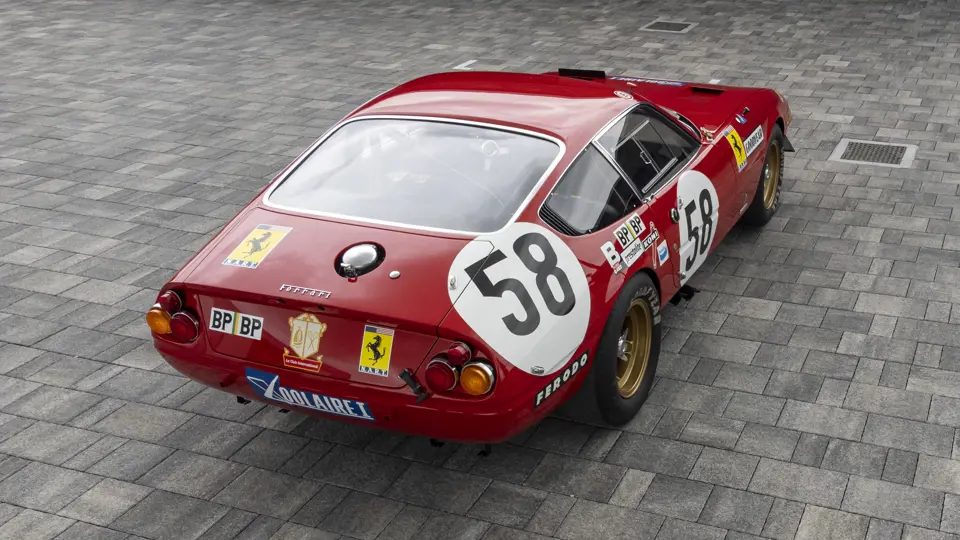
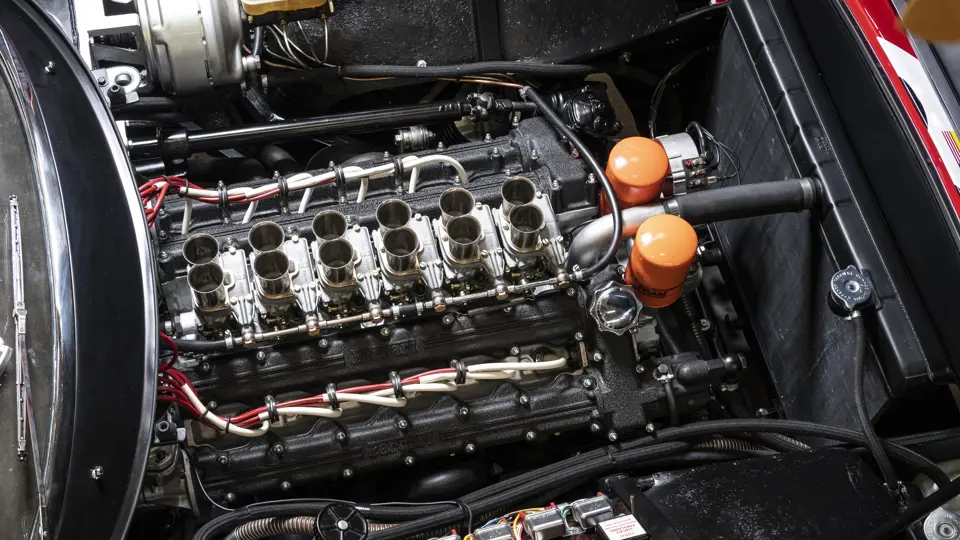

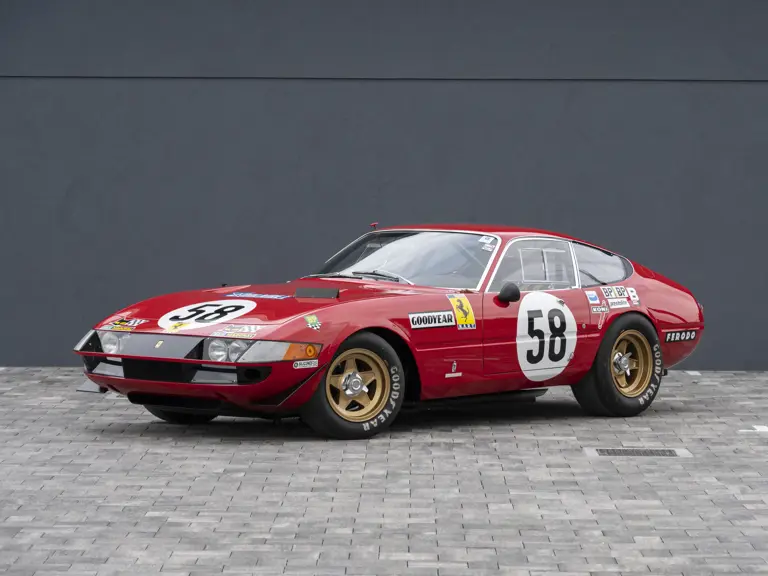
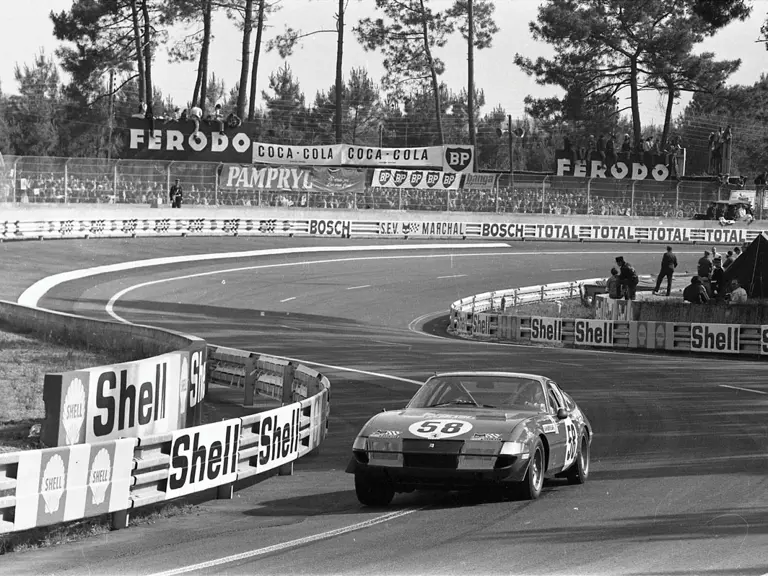


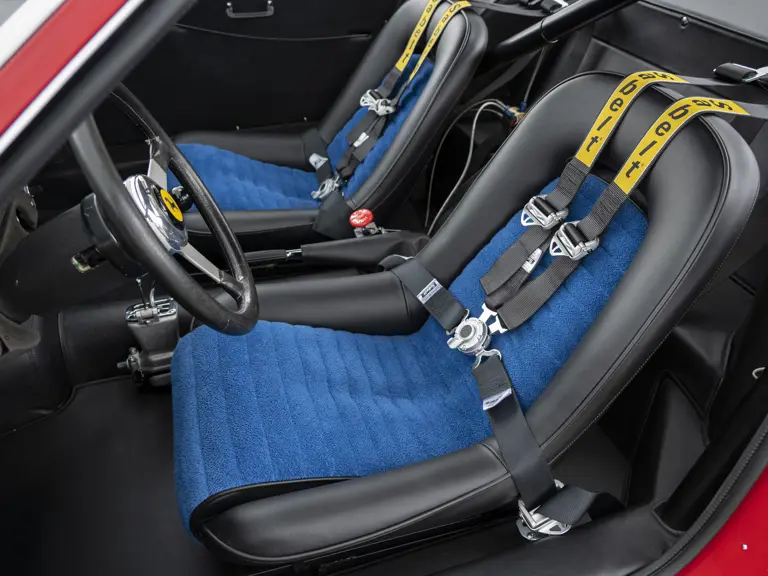


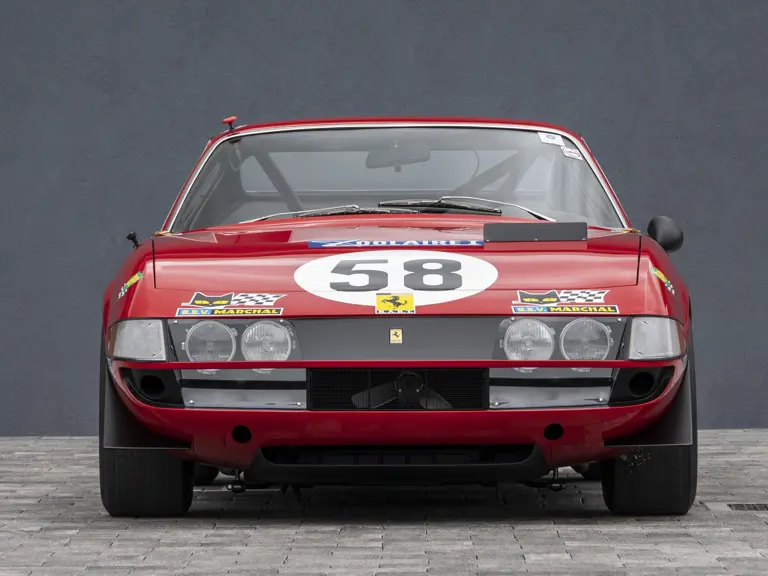
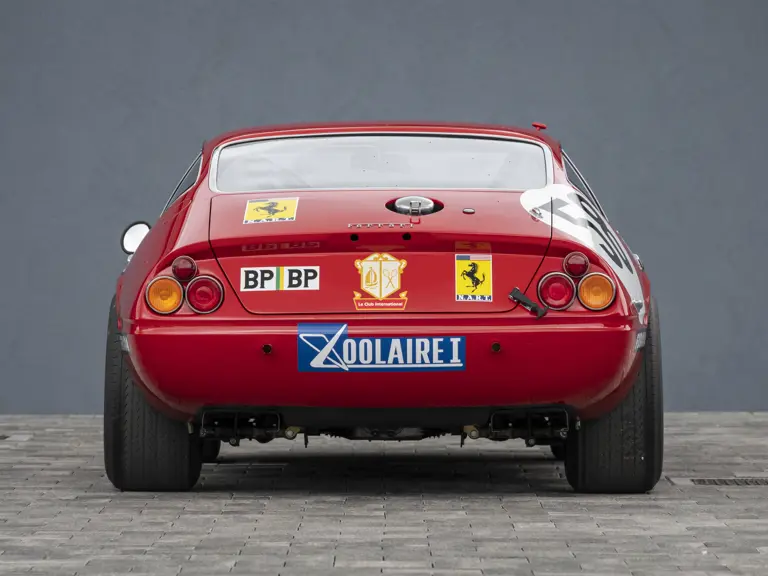
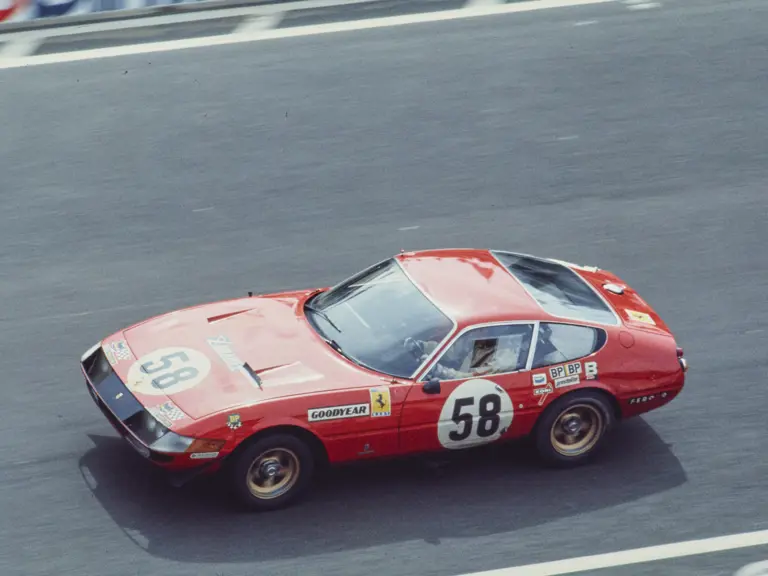
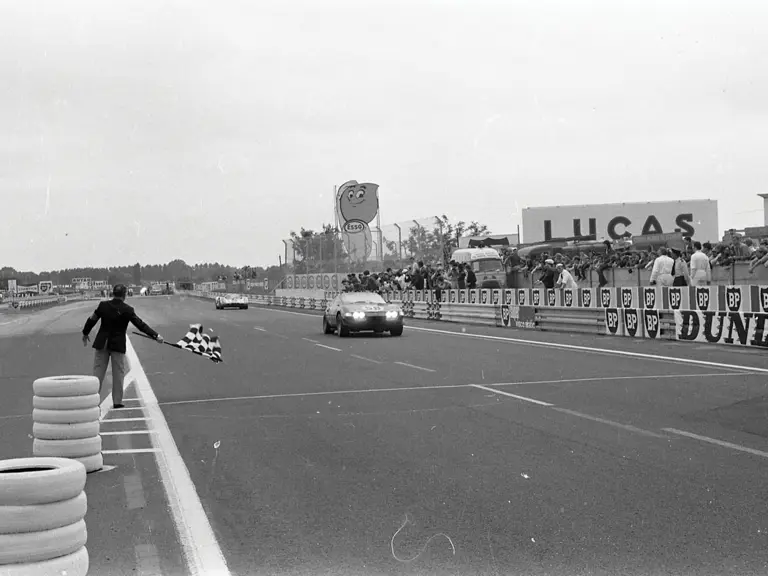
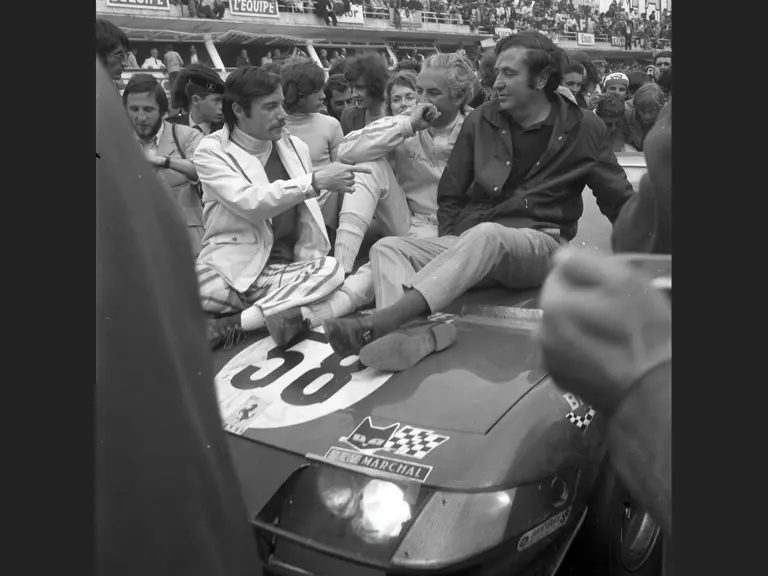
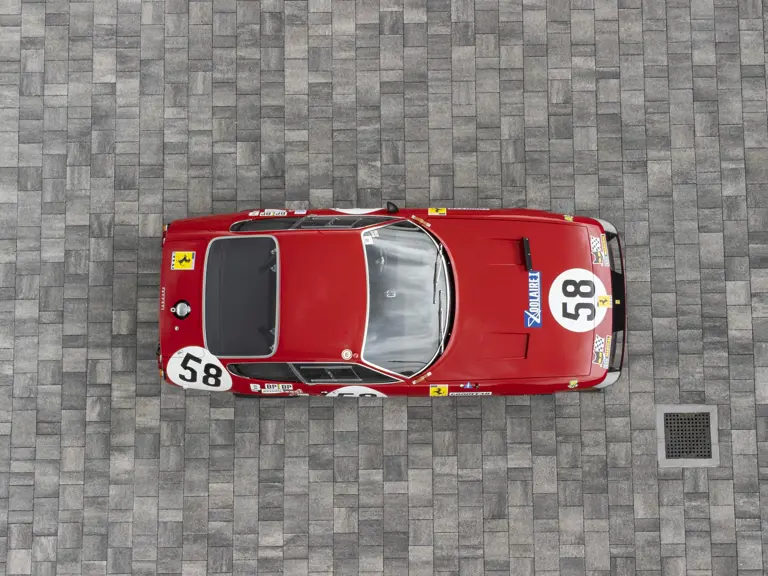
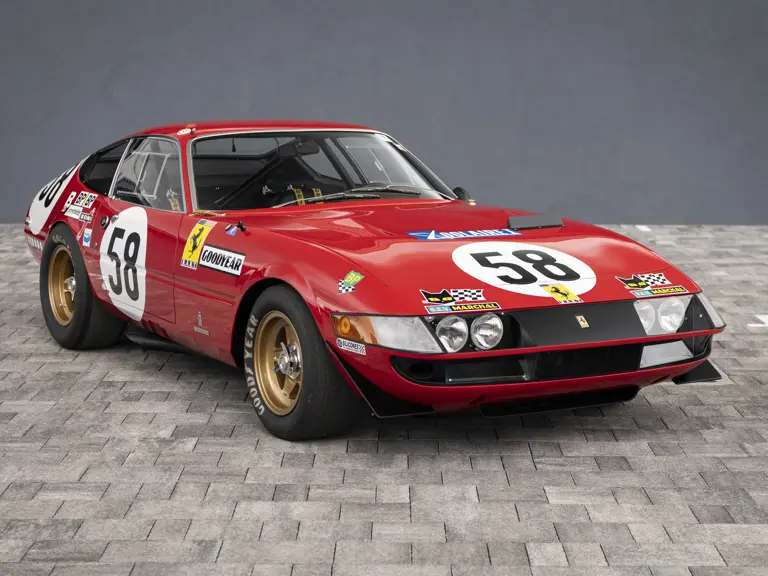
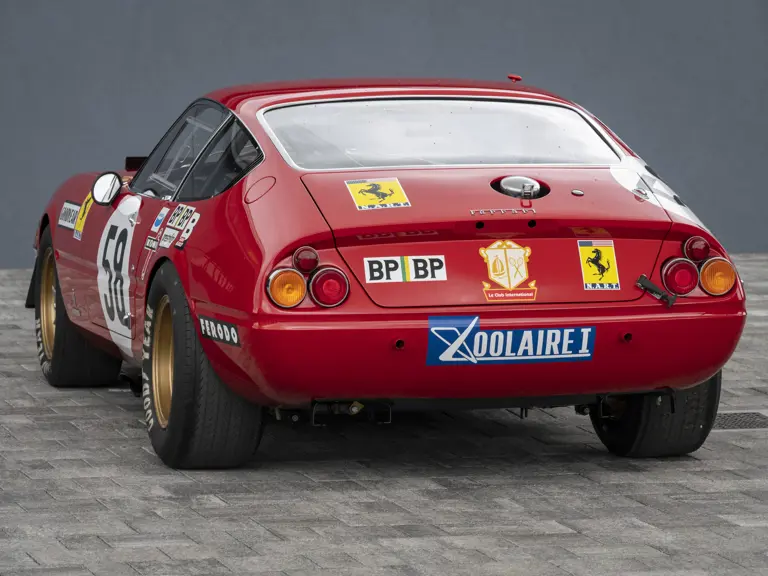

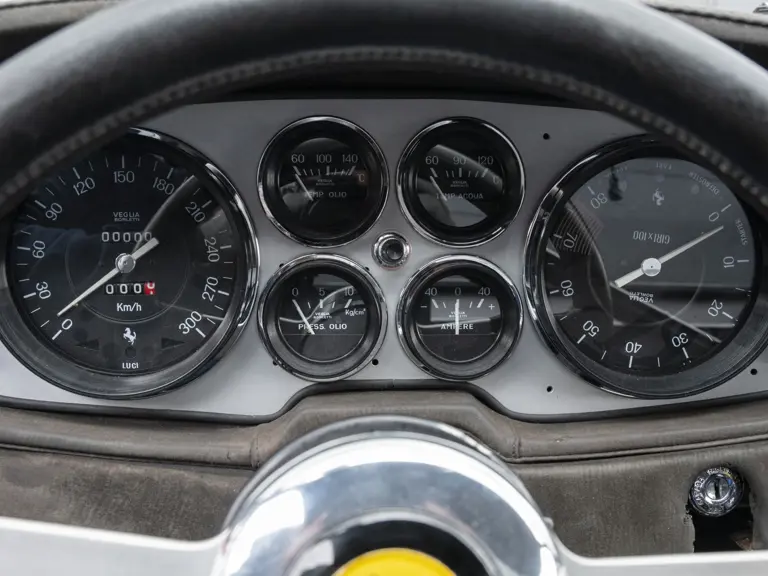
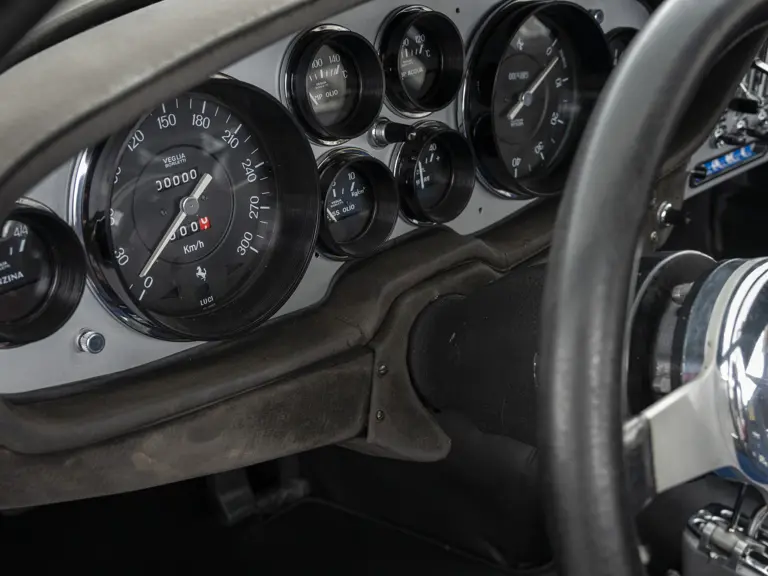
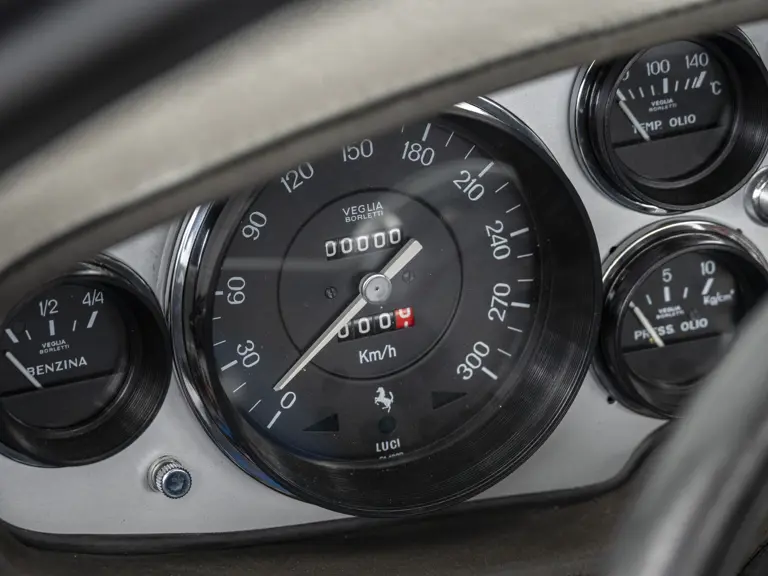
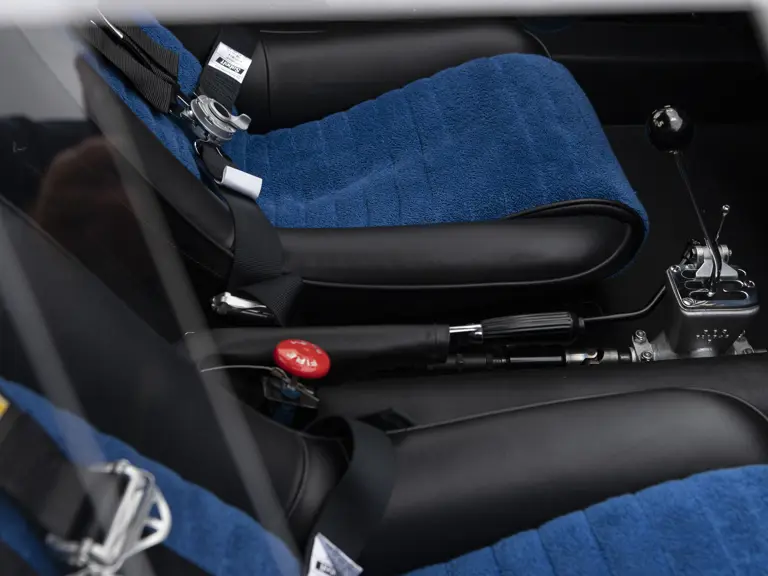
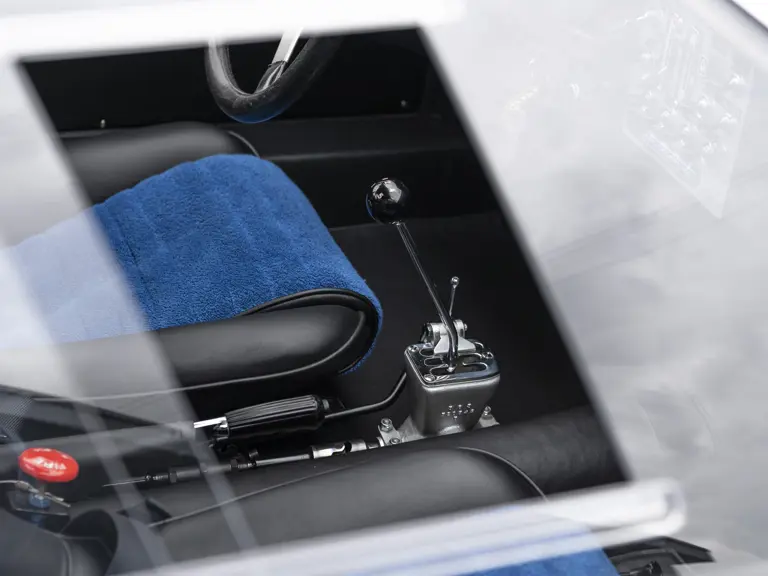
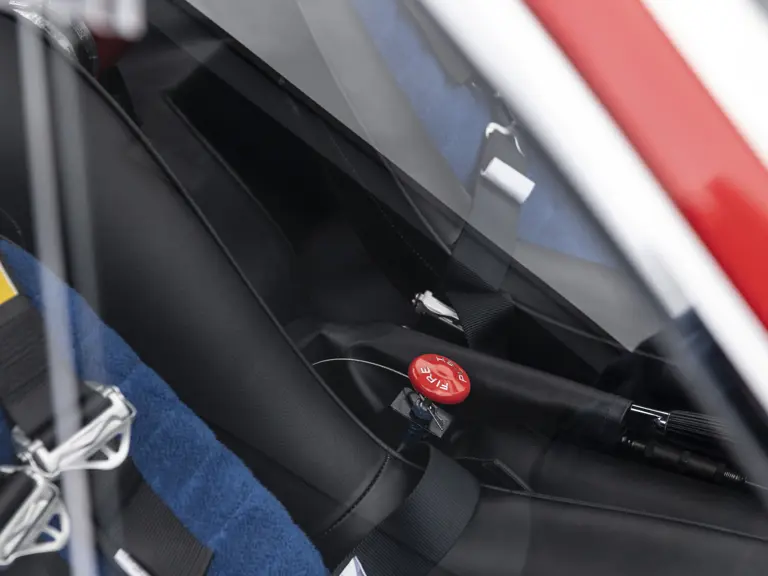
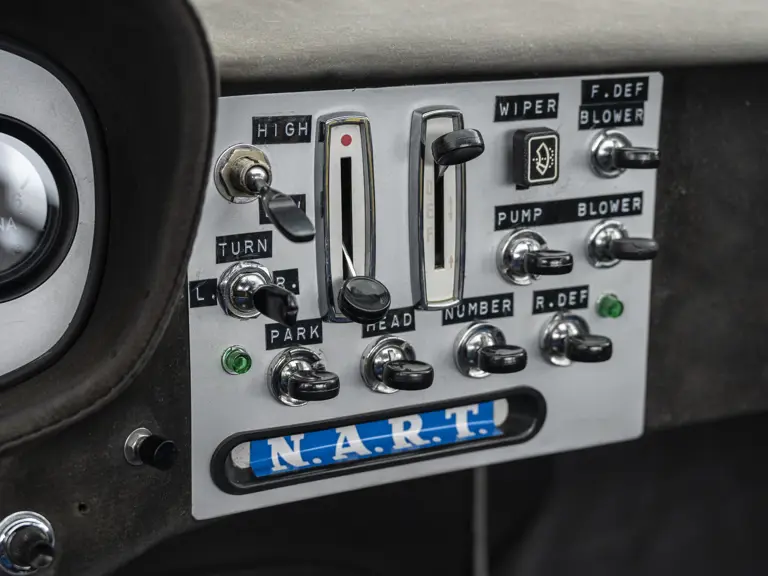

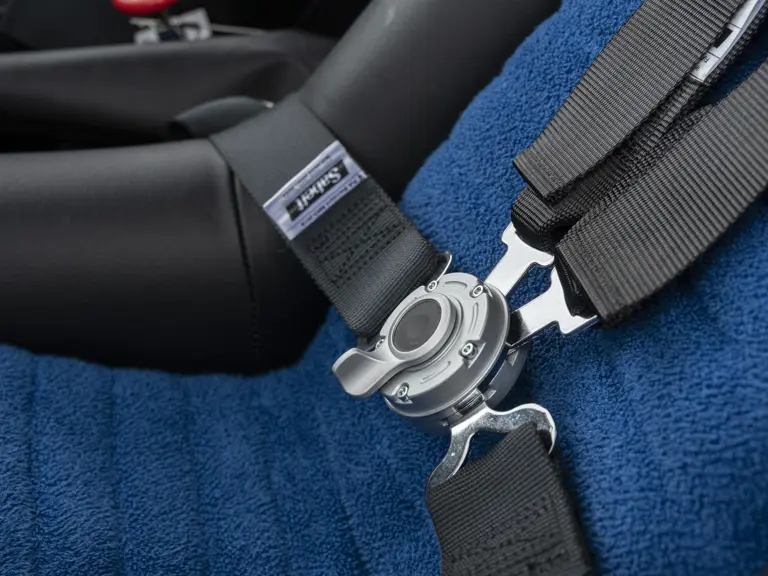
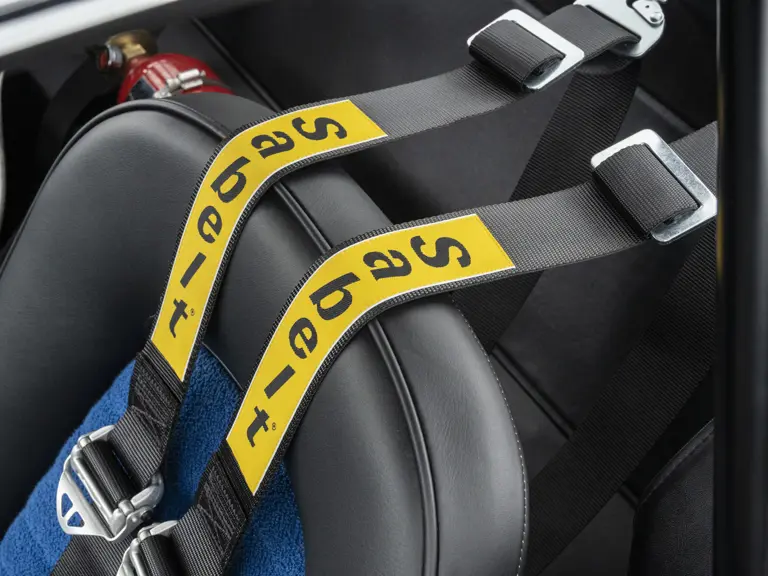
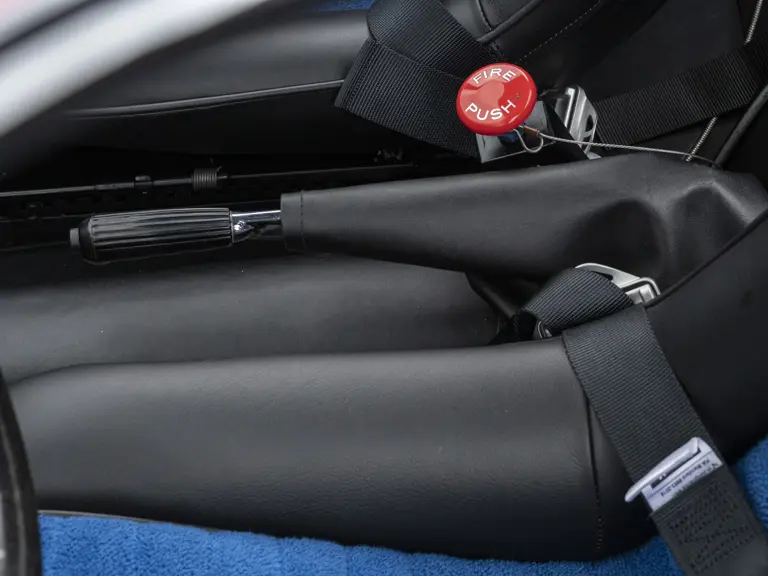
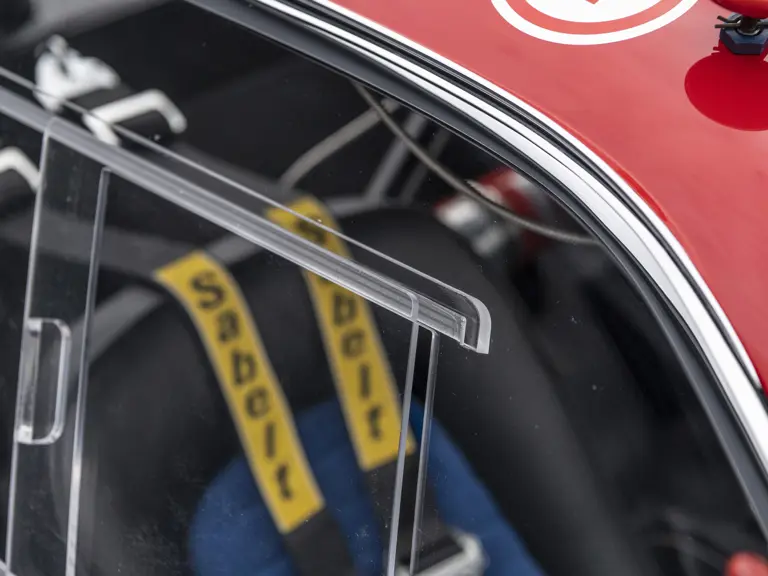
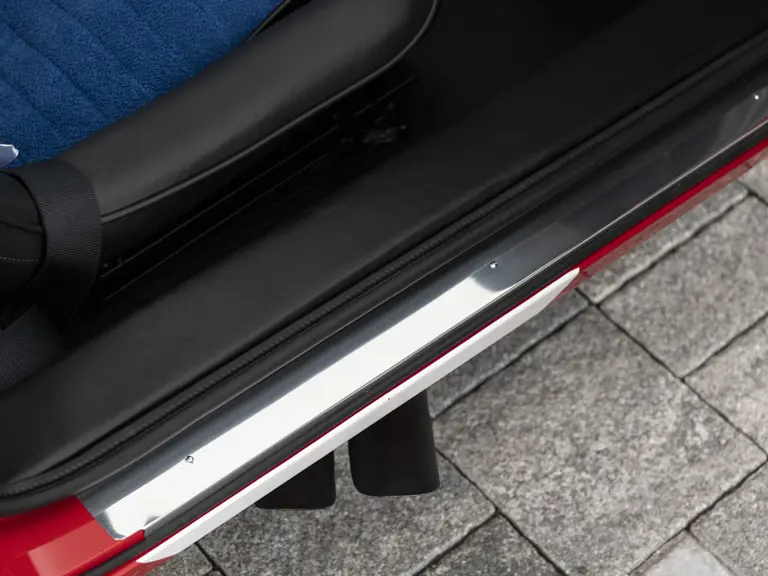
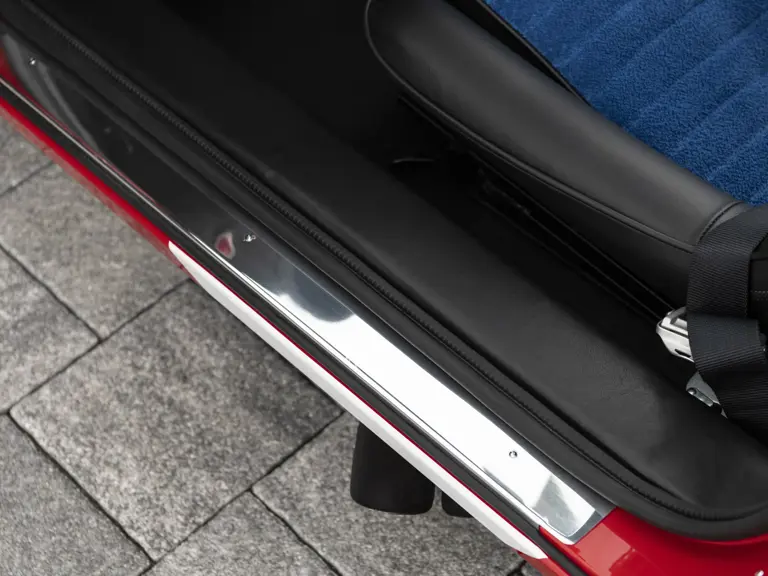
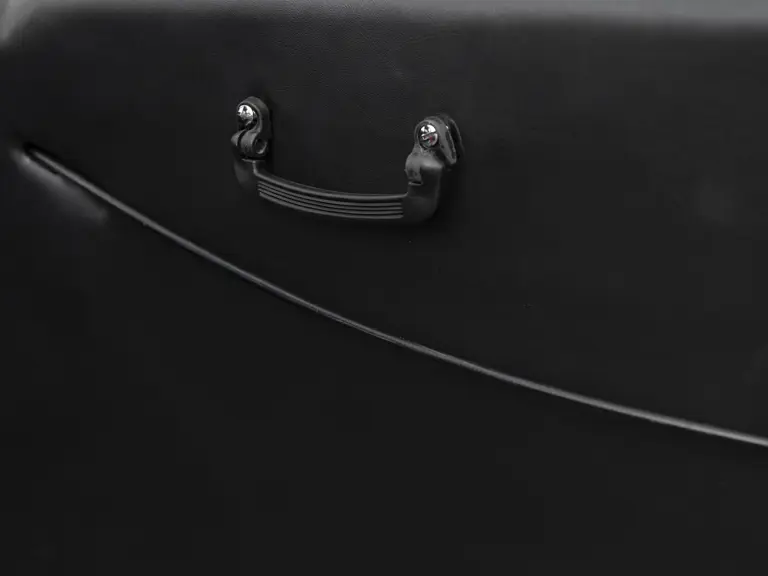
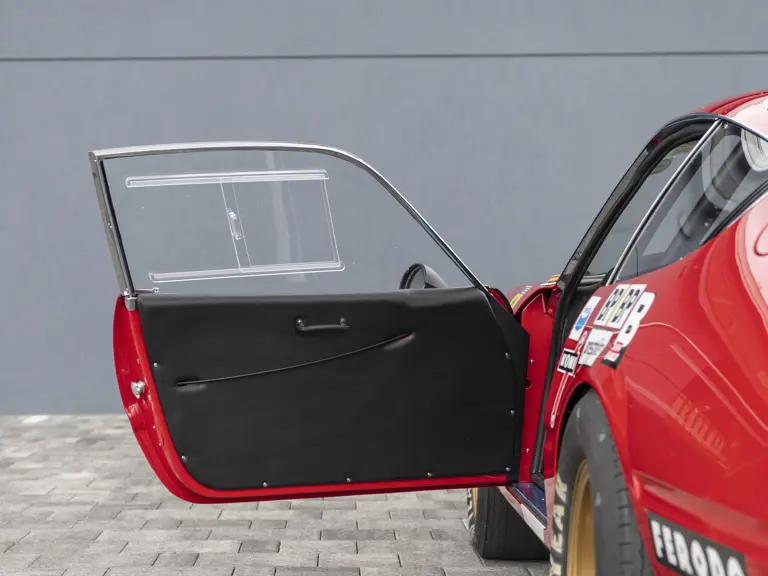
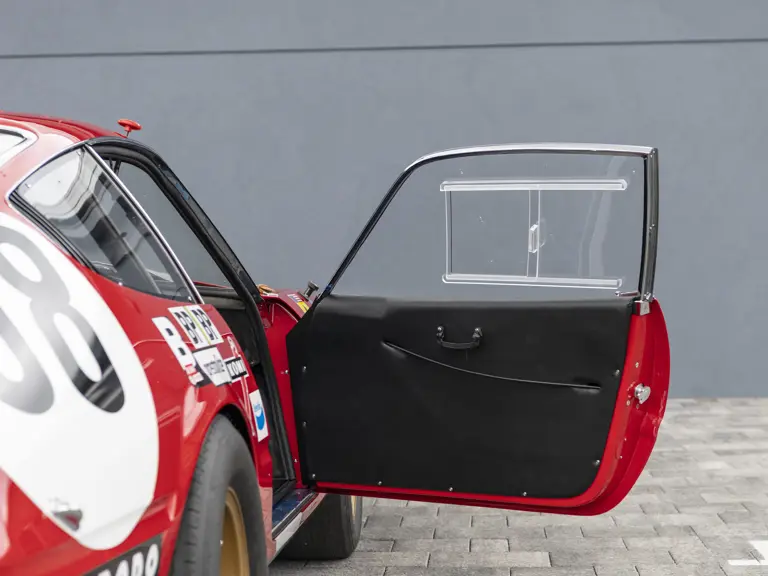
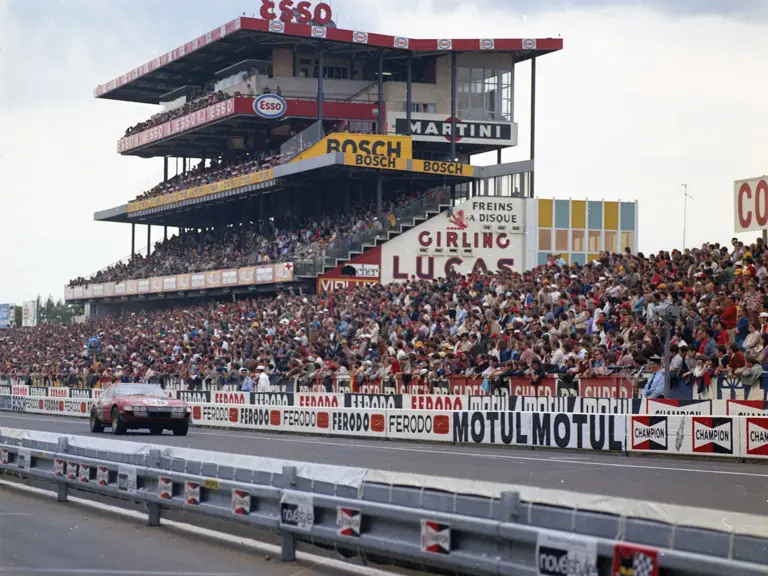
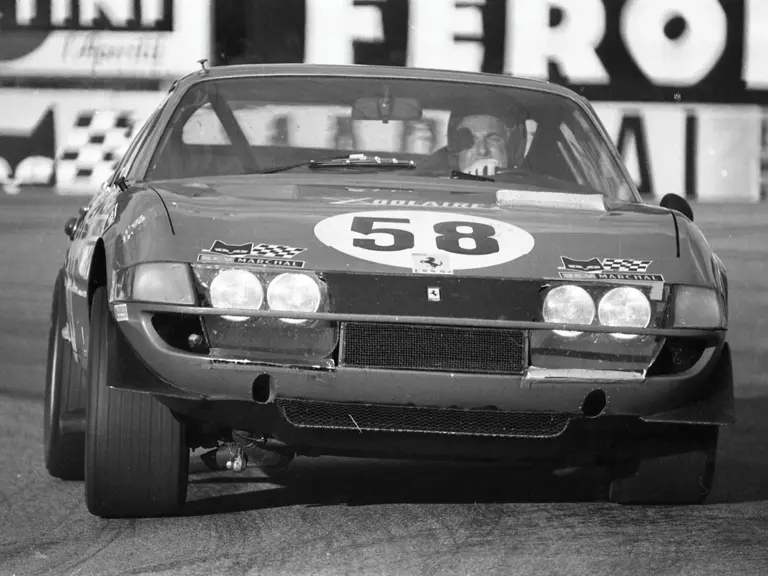
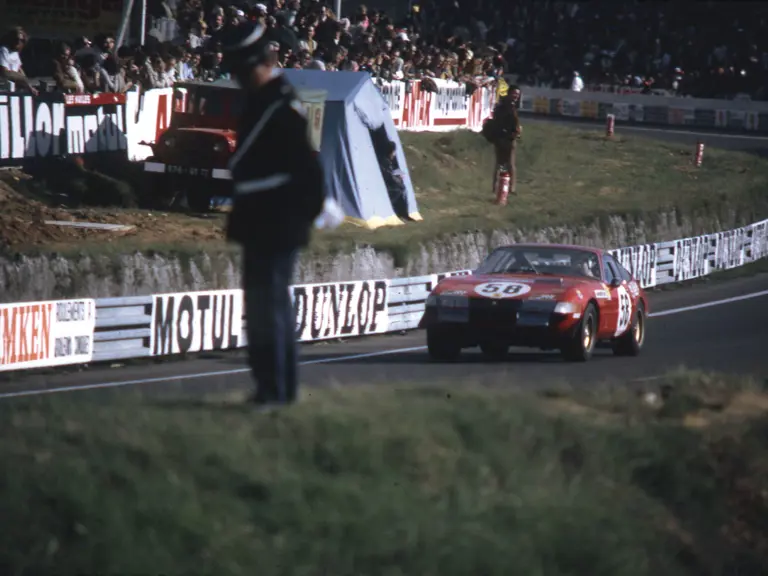

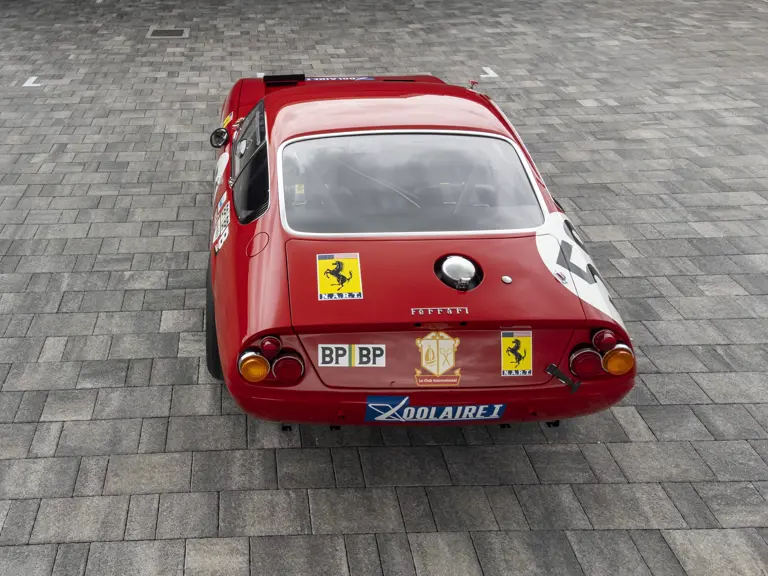
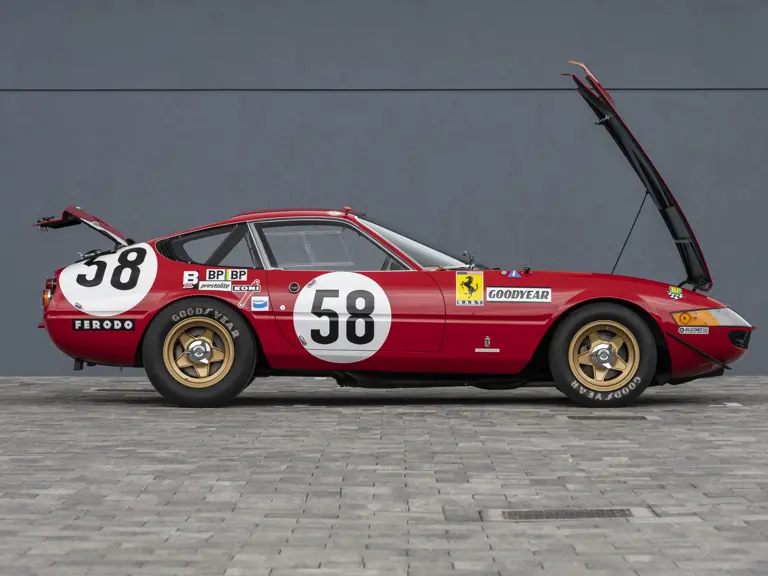
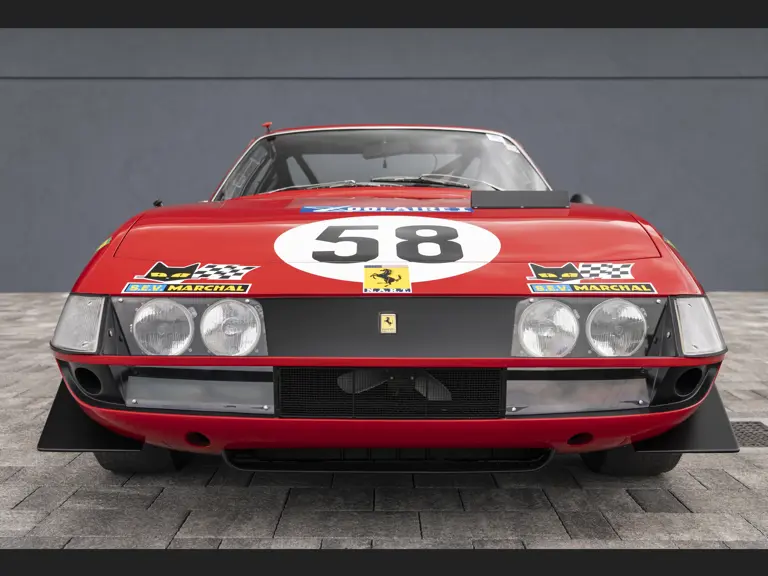
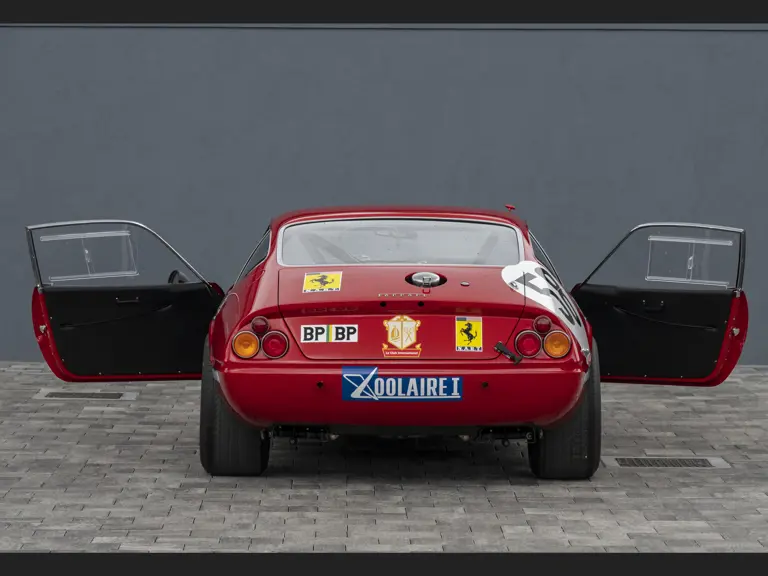
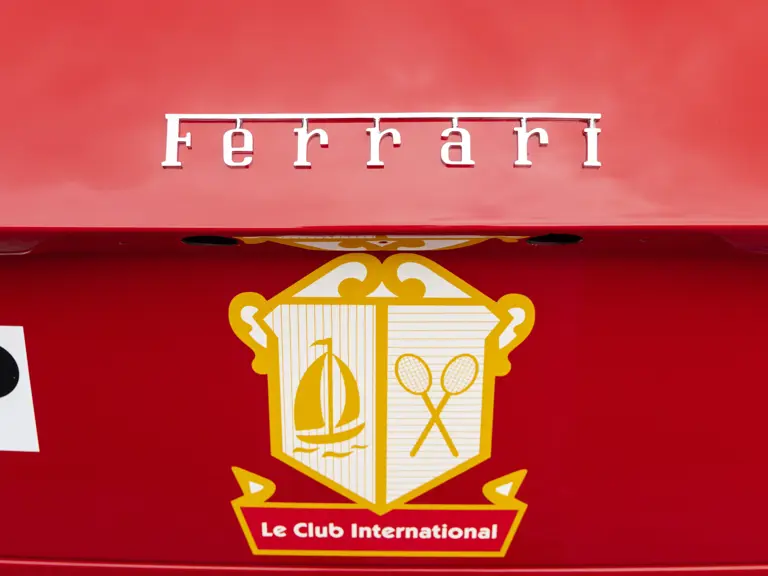
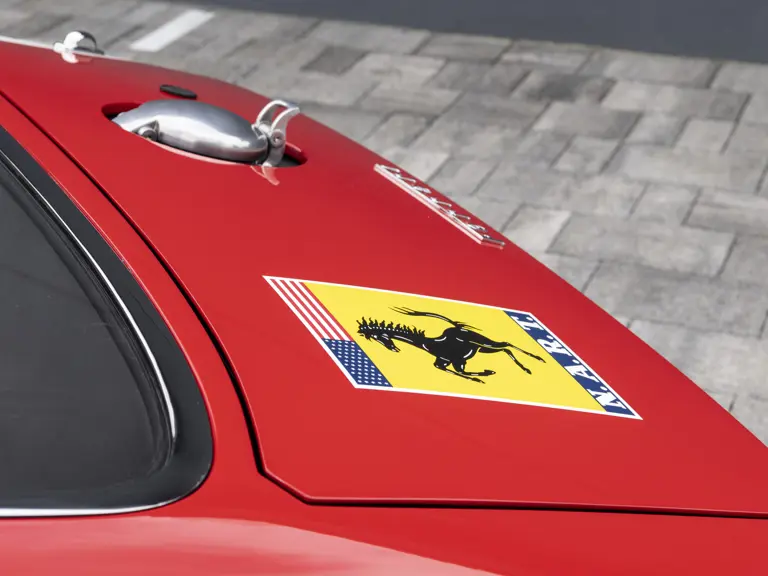
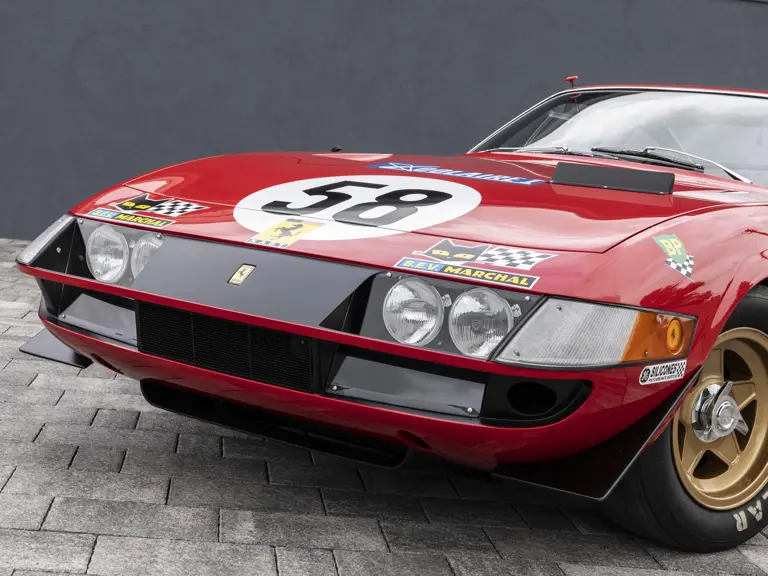
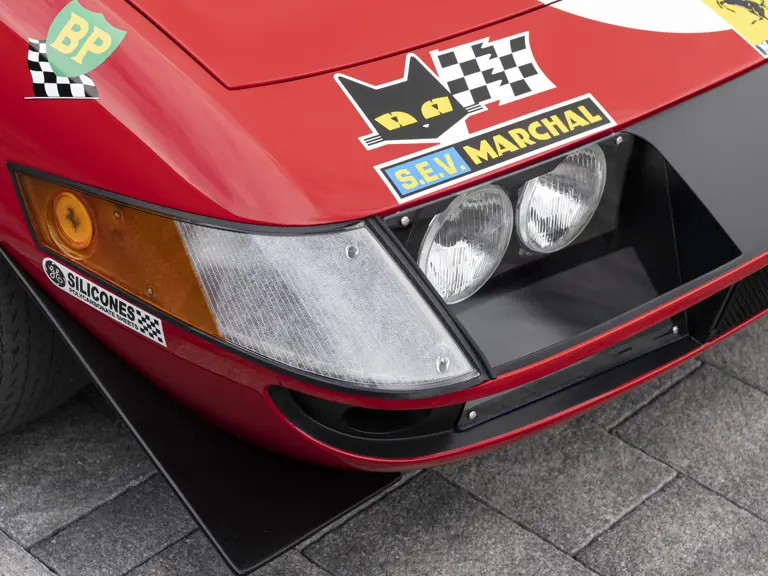
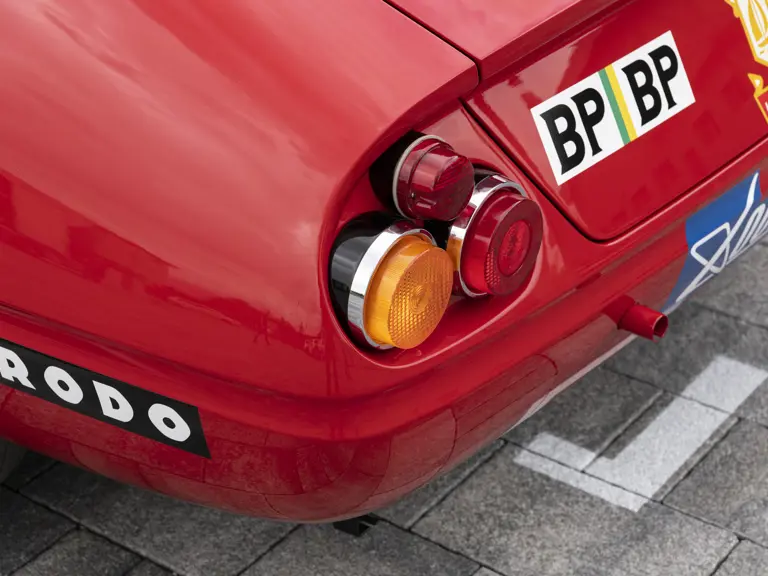
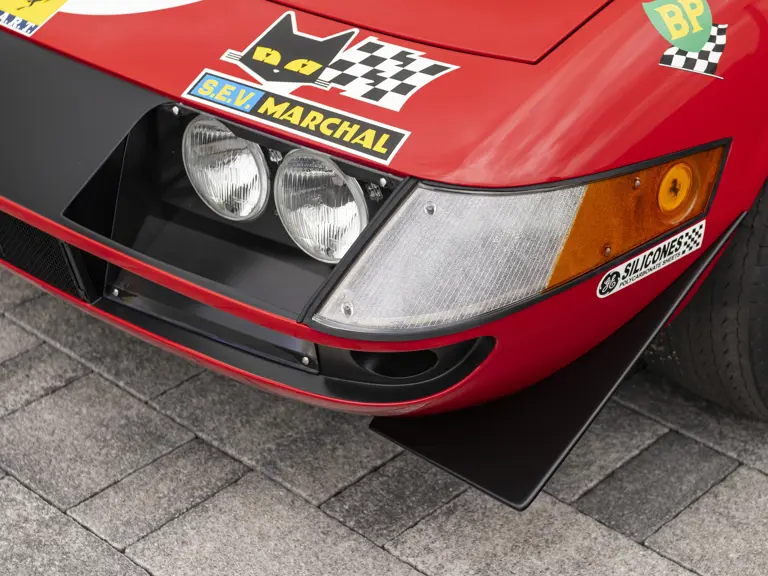
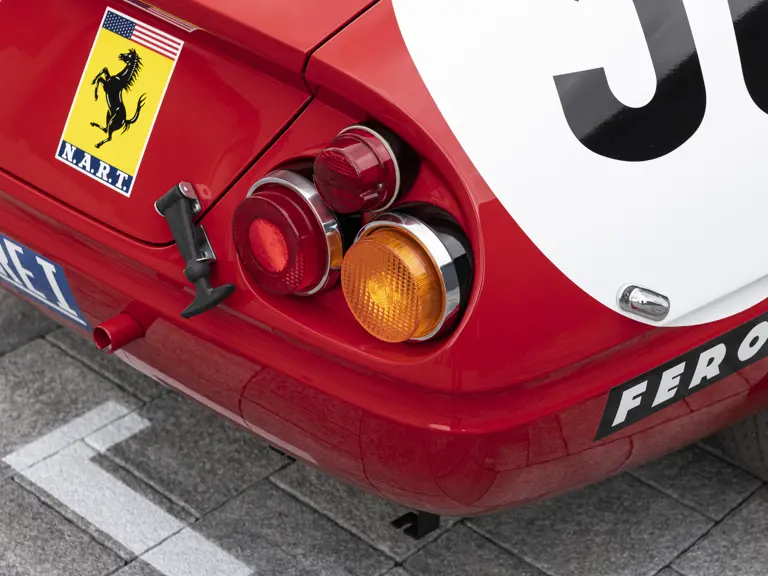
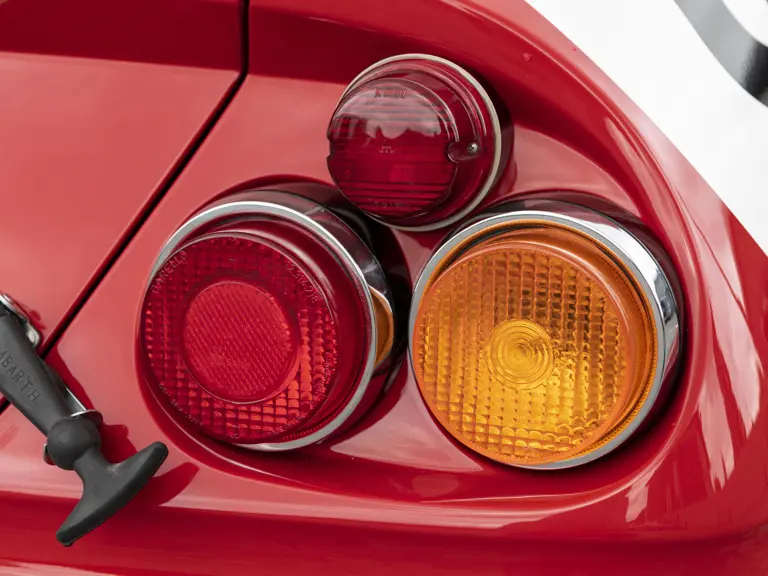
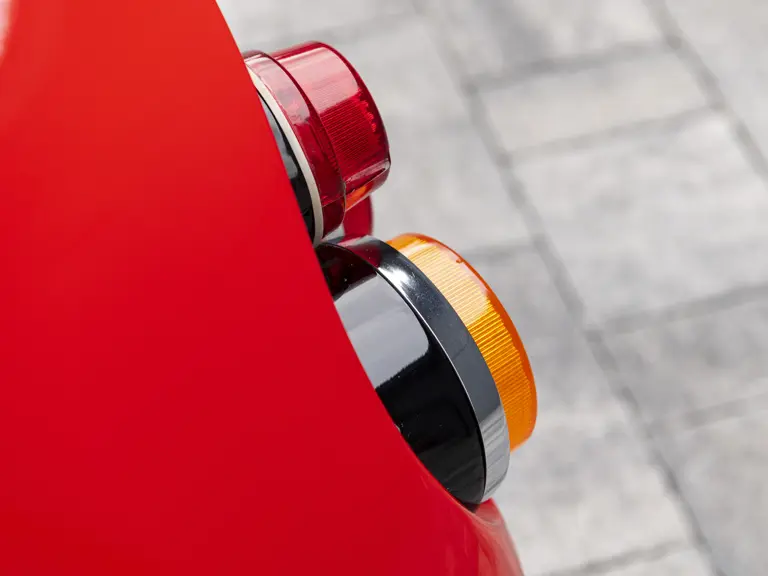
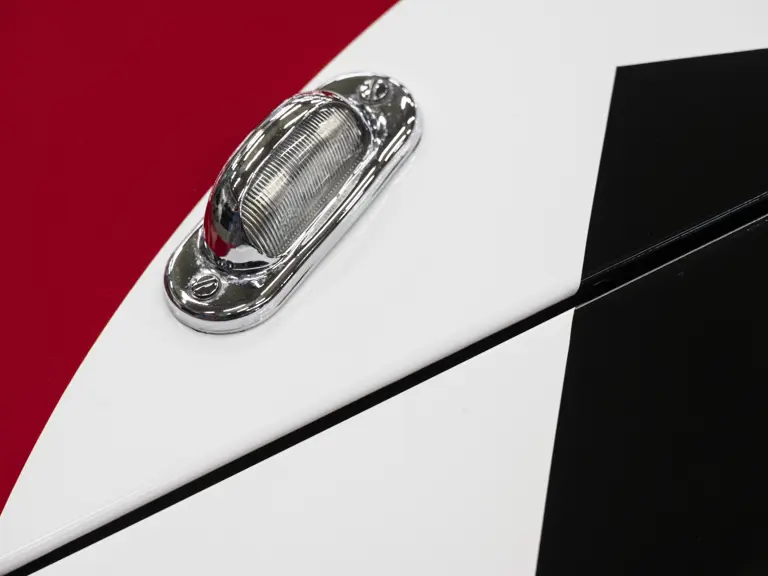
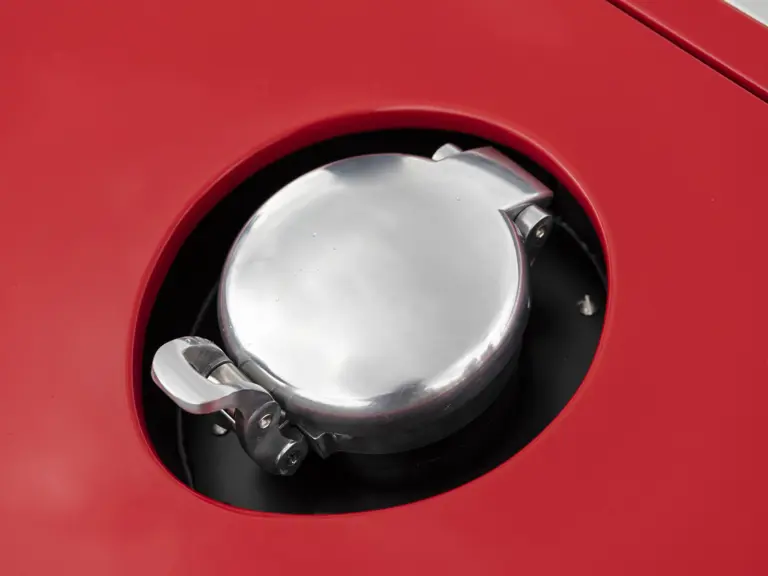
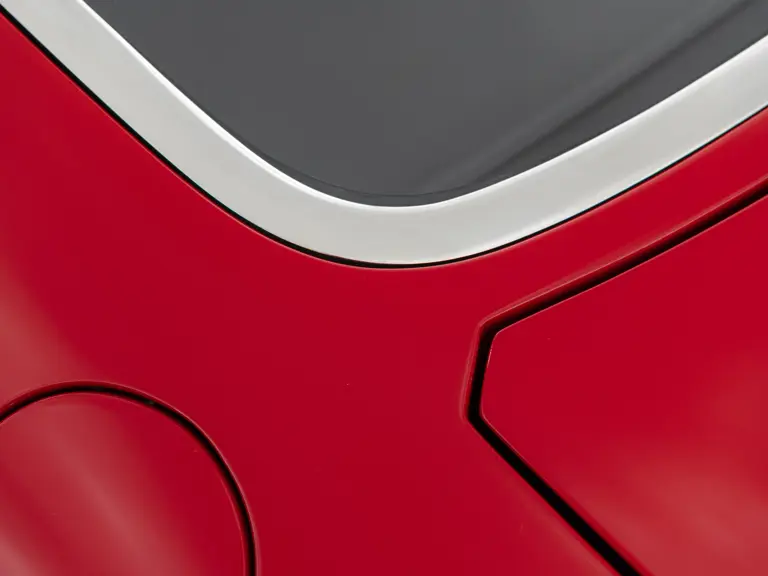
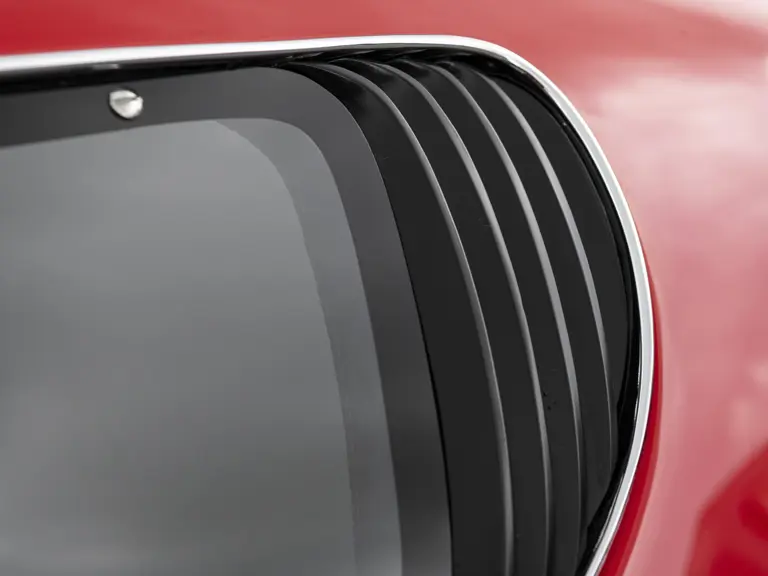
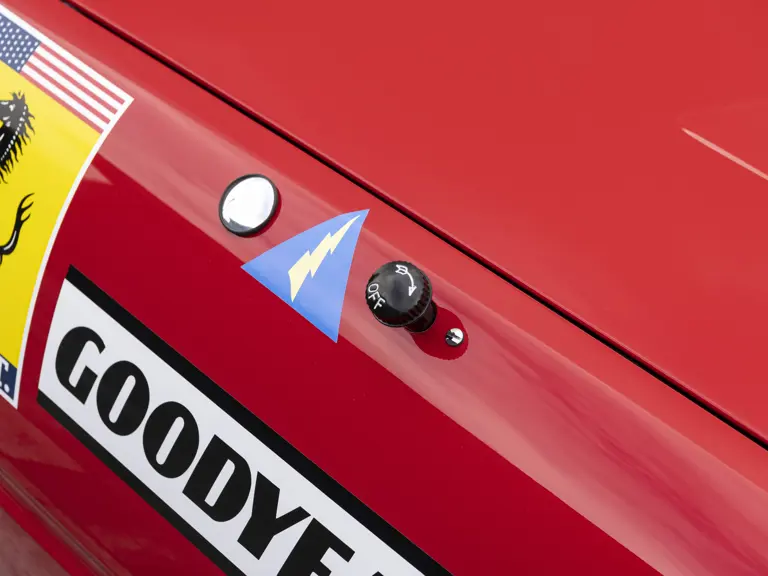
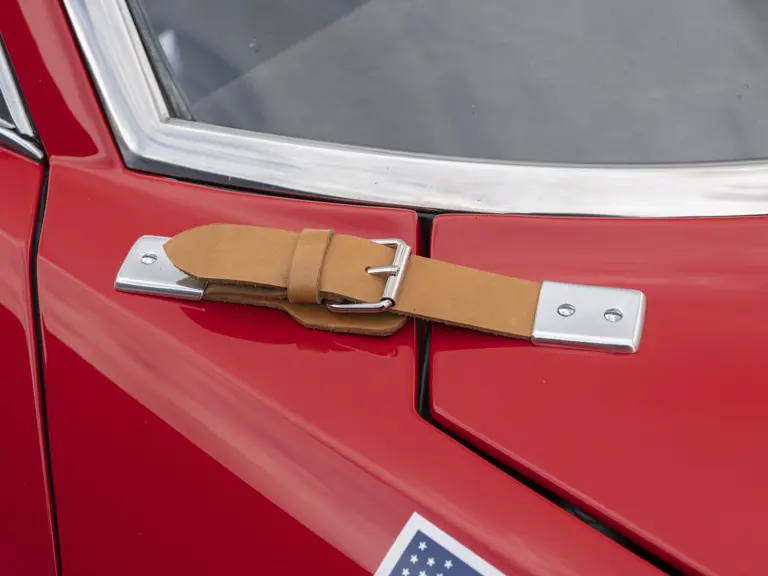
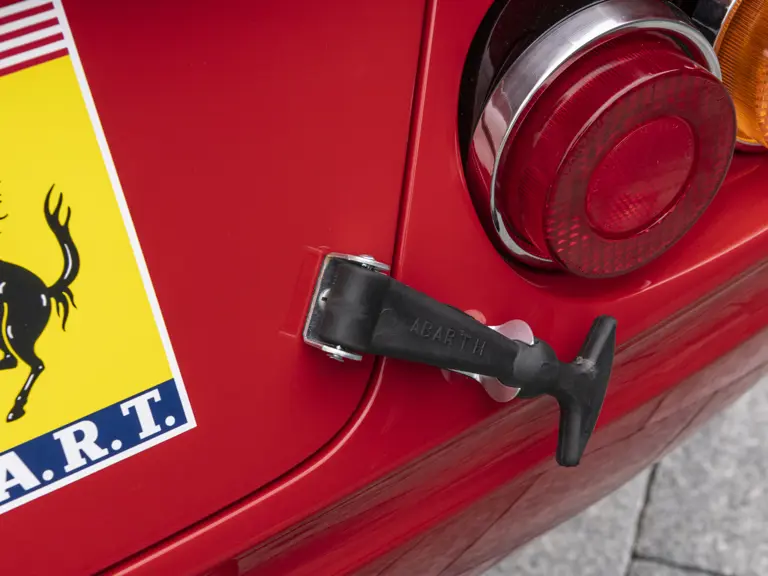
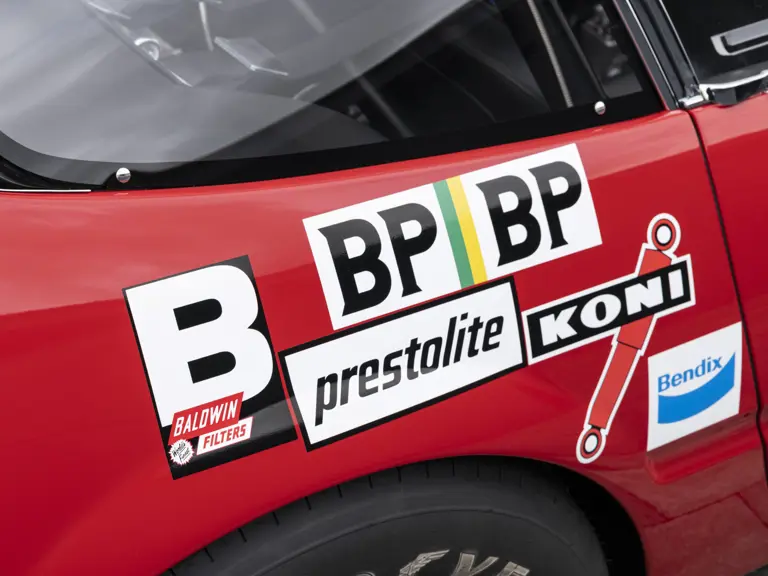

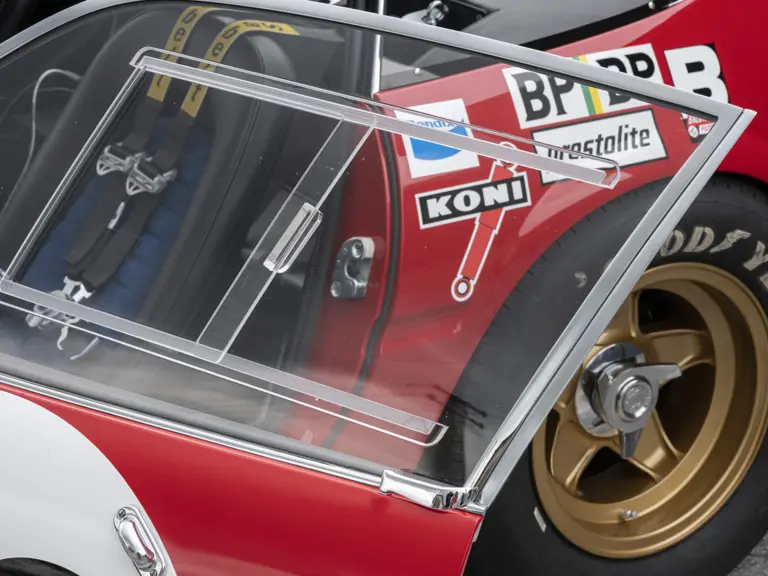
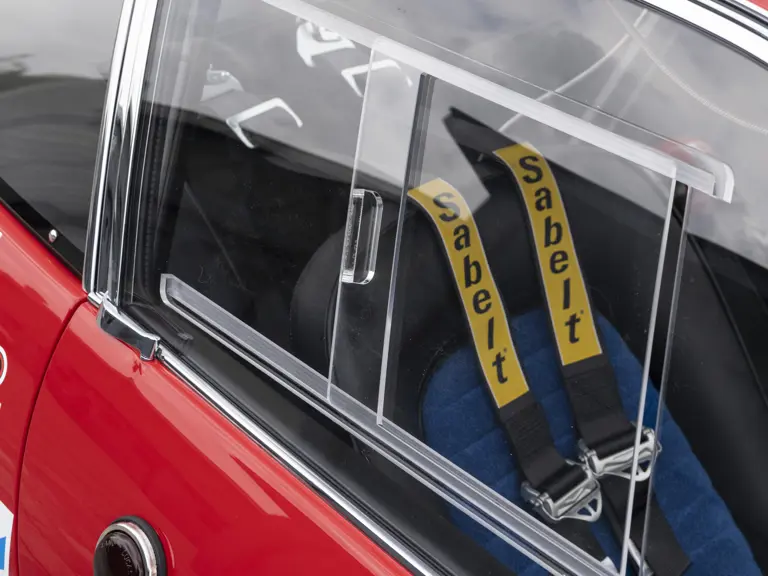

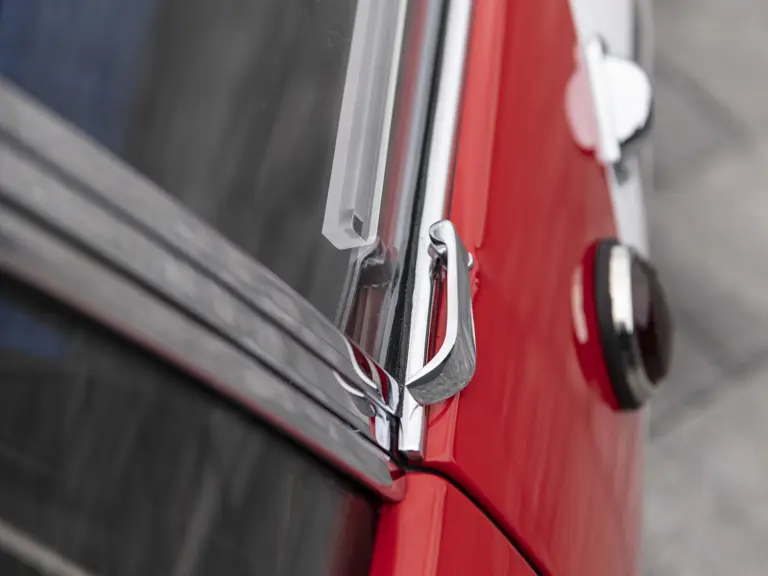
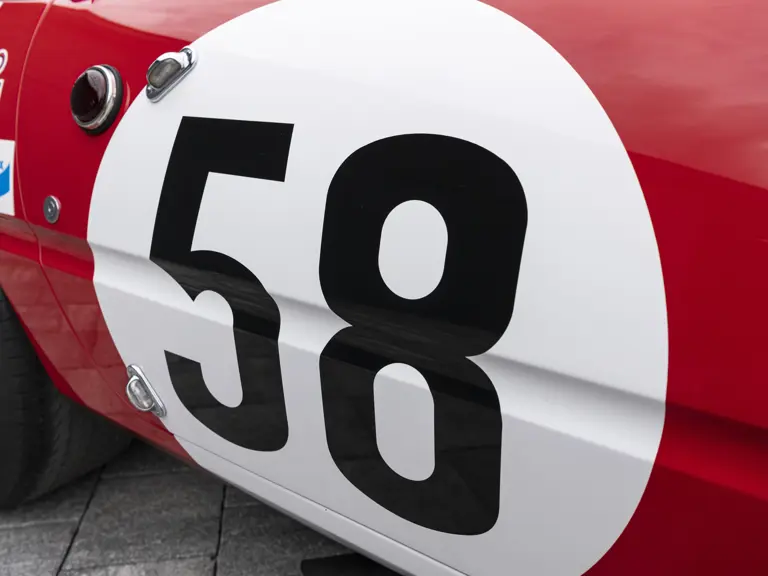

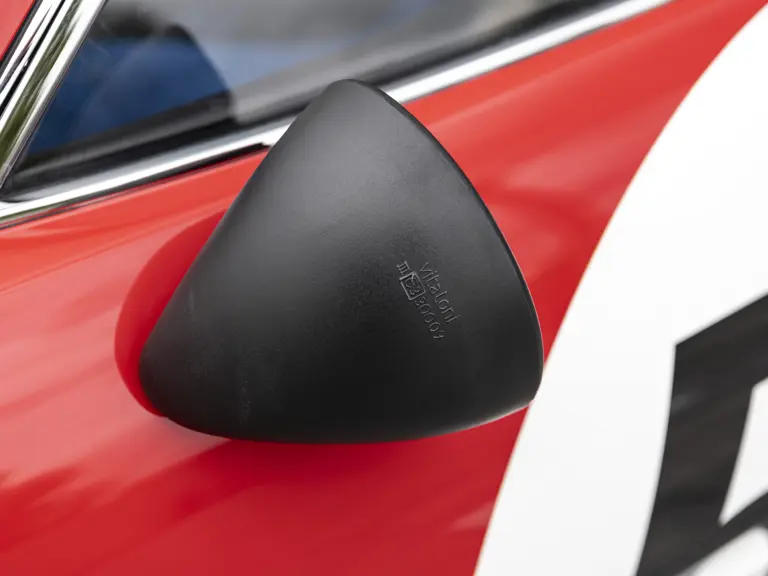
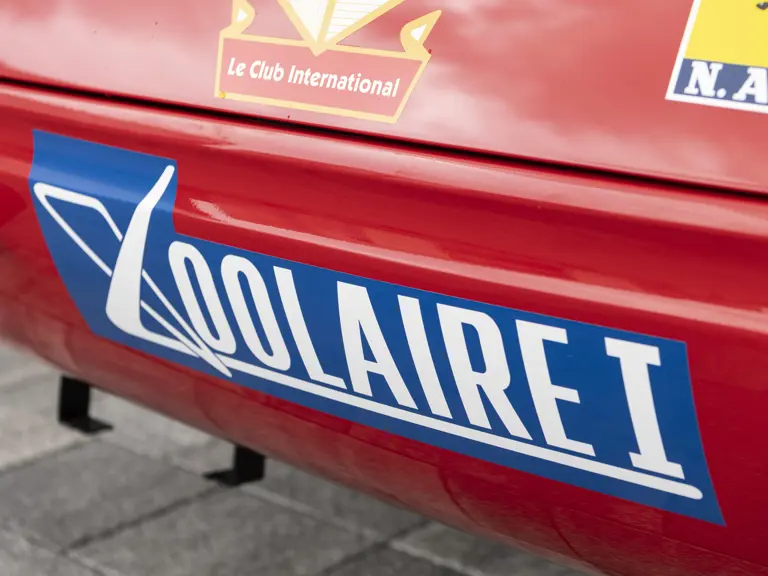
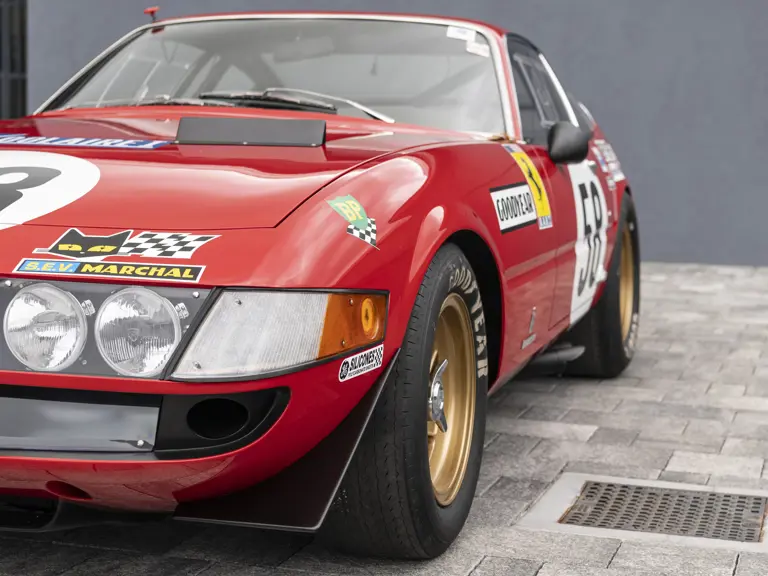

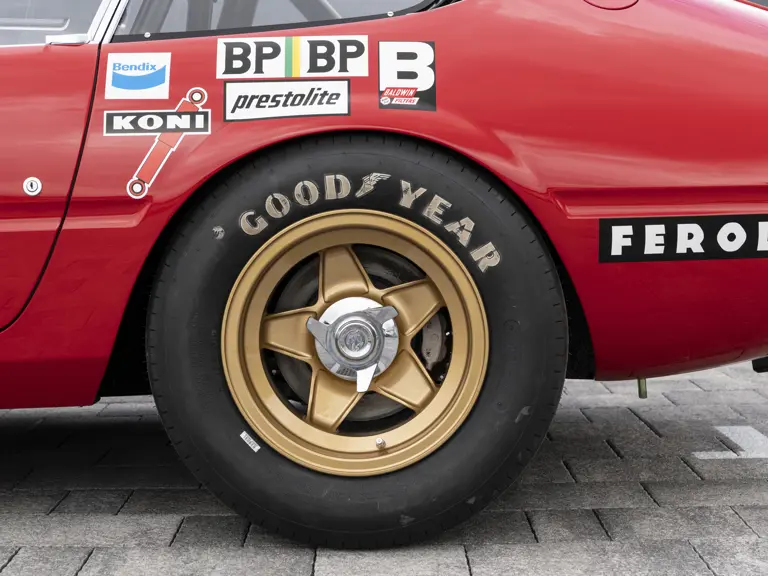

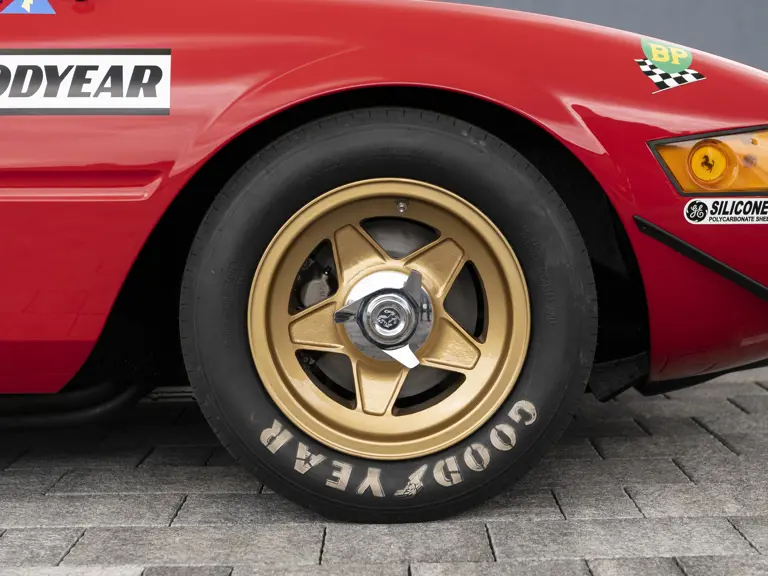
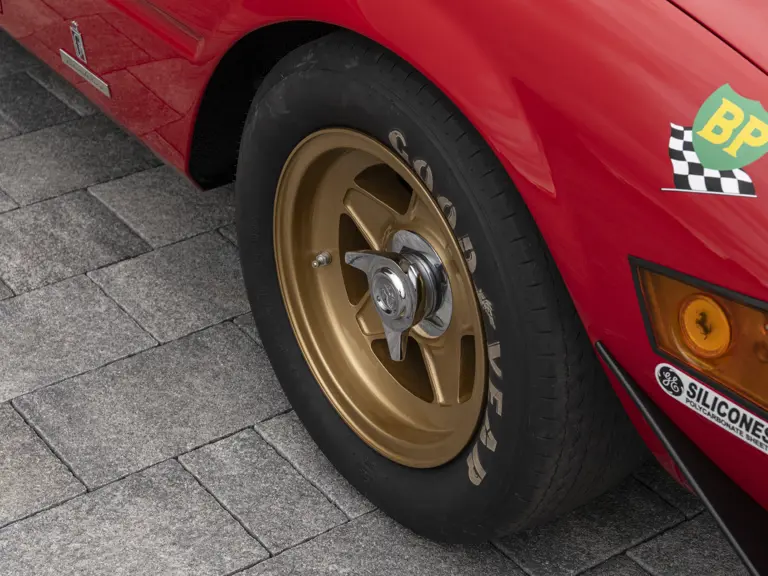

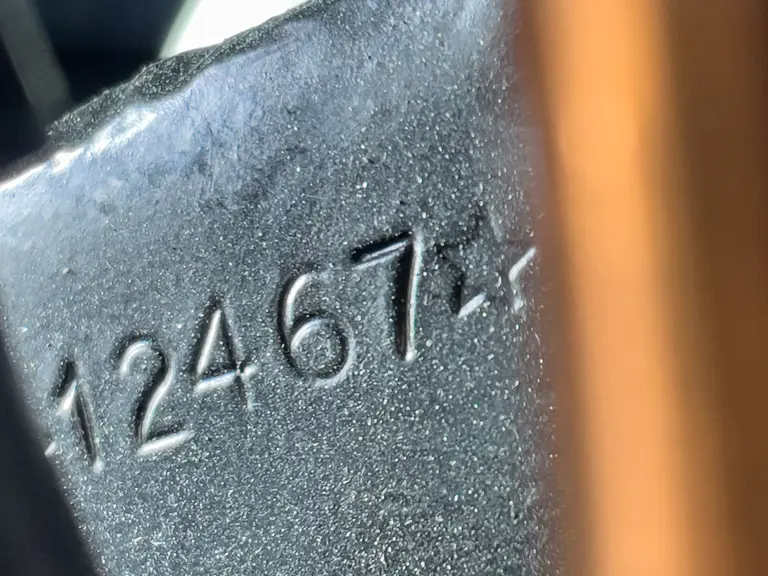
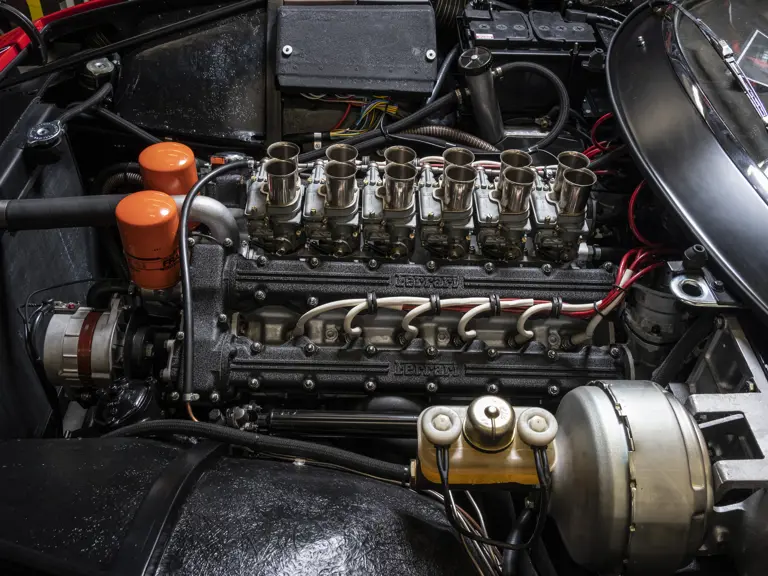

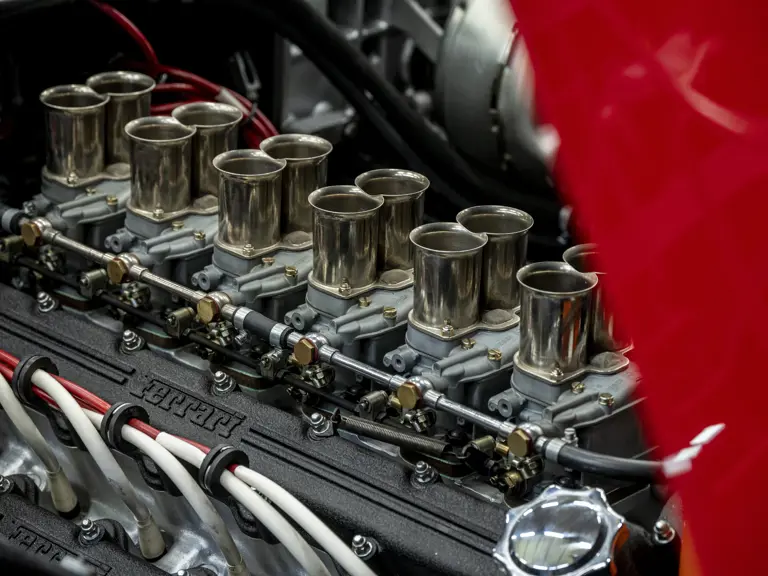
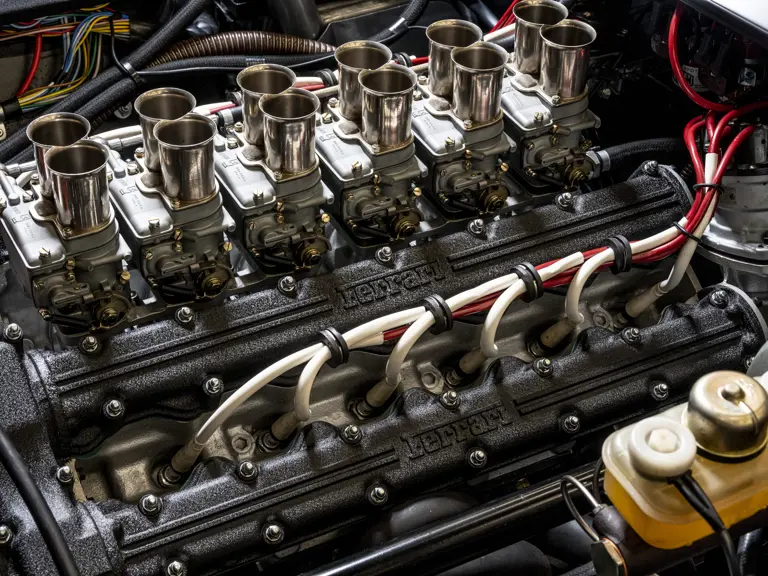
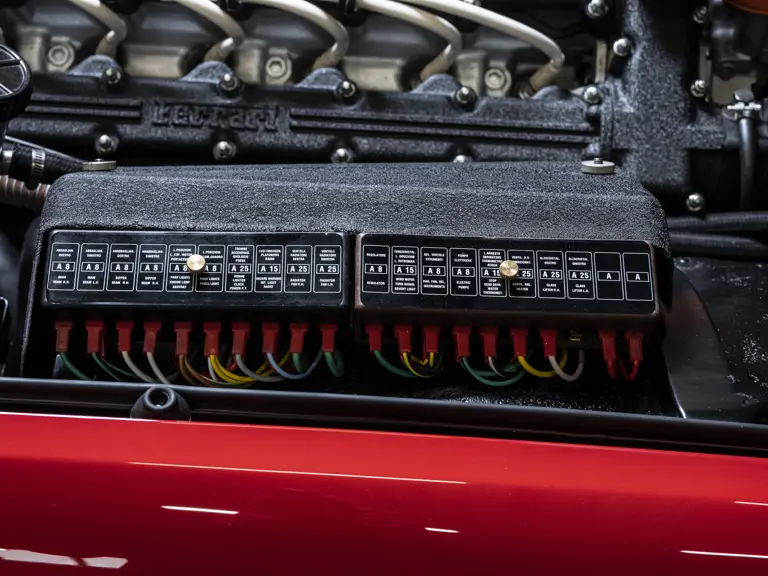
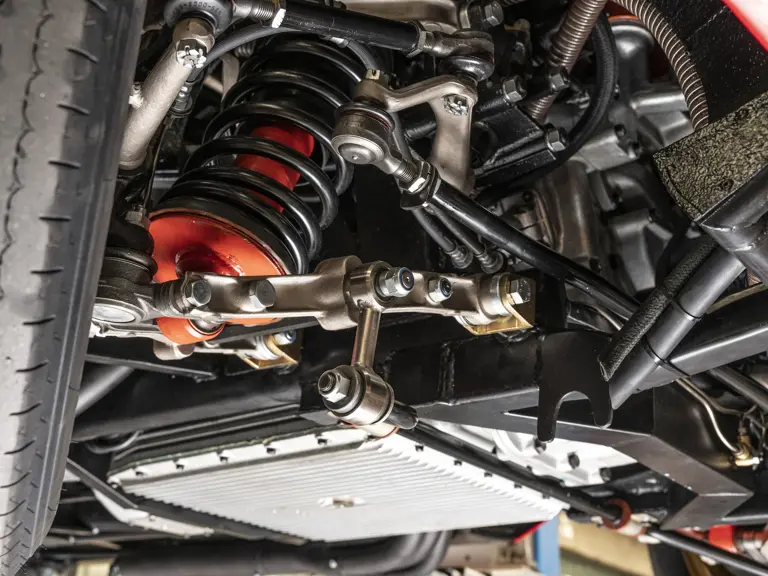
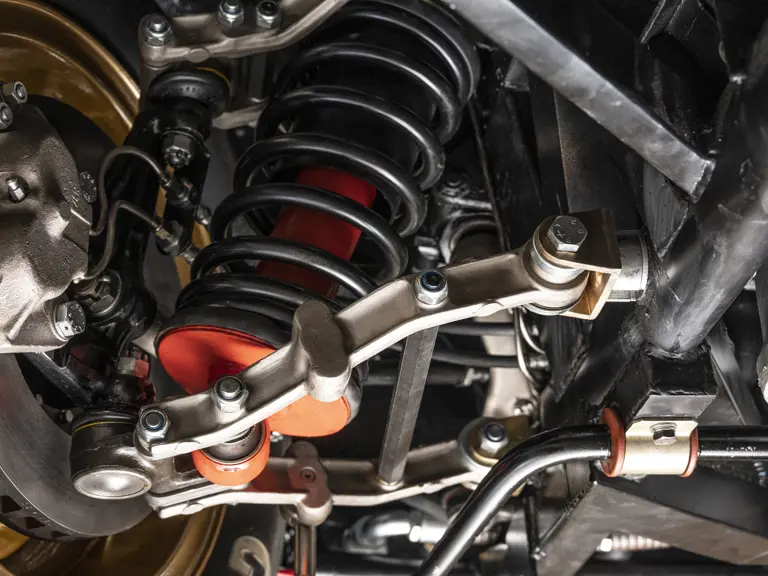
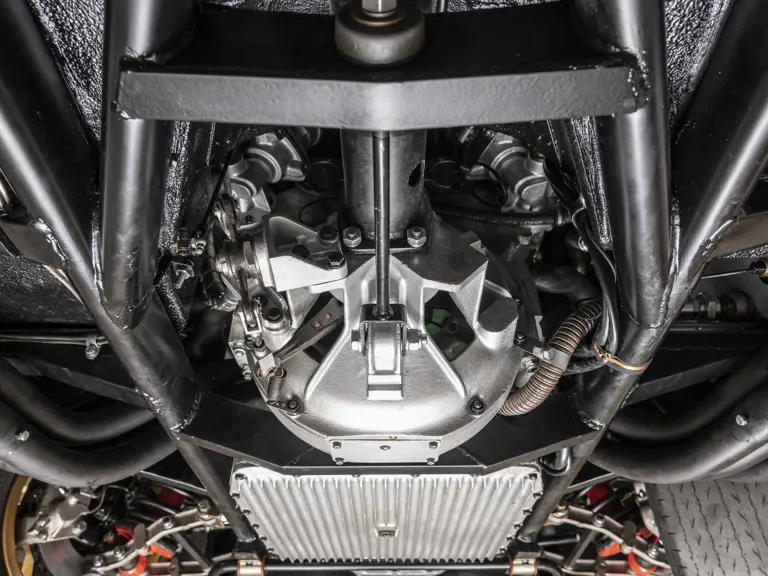
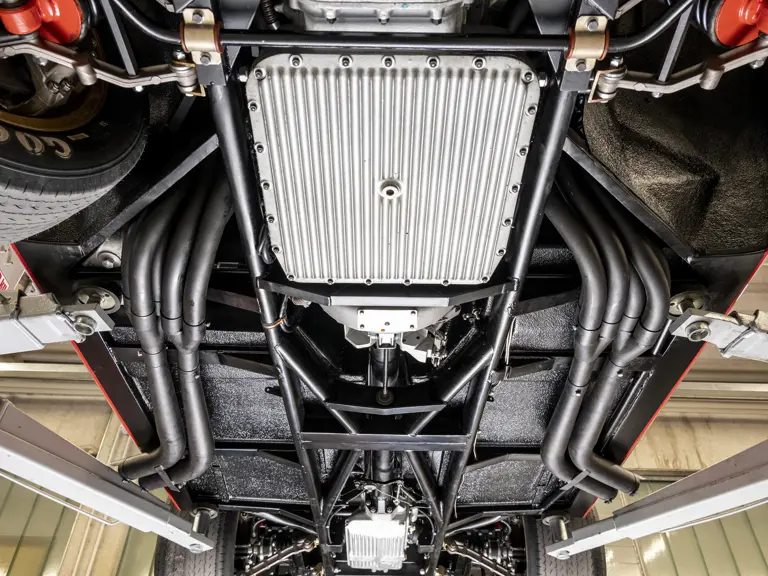
 | Le Mans, France
| Le Mans, France
